How can we build a community that circludes?
a community that cares
that serves
that hosts
and disseminates
at the same time
How can we shape our carrier bag?
And our care bag?
How not to penetrate but to circlude the practices of others?
(on language and care)
(on care and violence)
(on the concept of circlusion again)
These lines, written and read out loud by artist Katinka de Jonge for a collective ‘meditation’ exercise, were the starting point of the Meeting where the 2nd Phase of Catalyst CIRCLUSION has been developed.
In this Meeting, the practices of meeting, hosting, agreement, coexistence and (re)distribution have been essential in order to collectively question what does it means to practice care in cultural organisations and artistic practices from the standpoint of the circlusion.
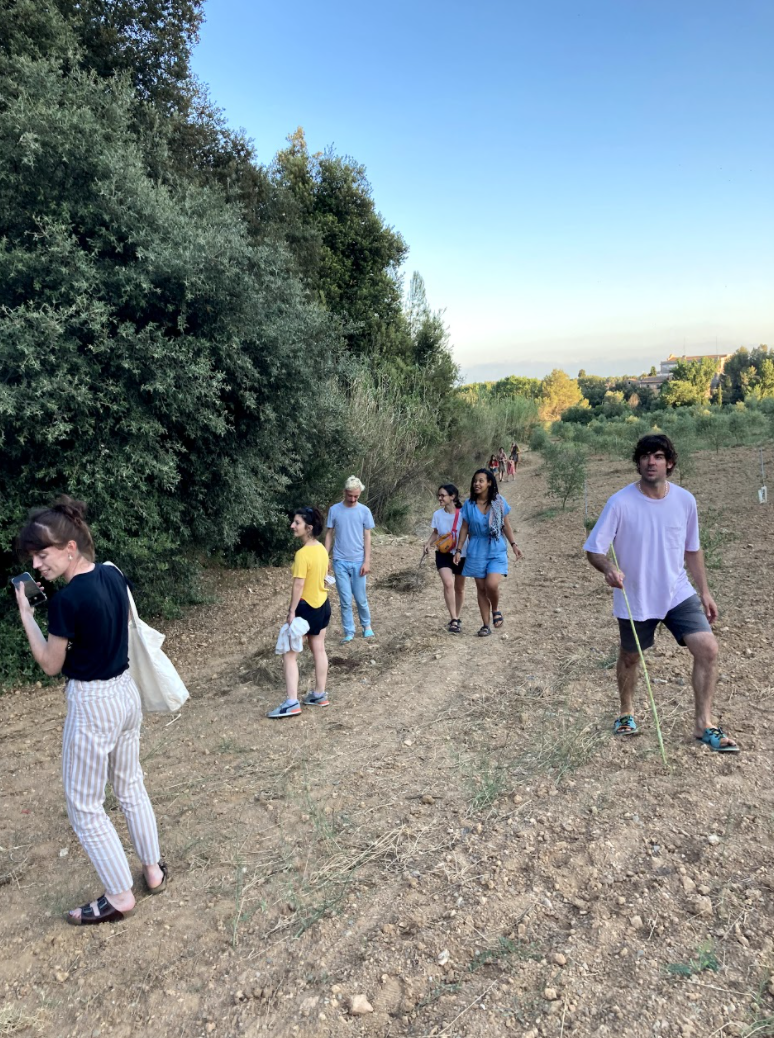
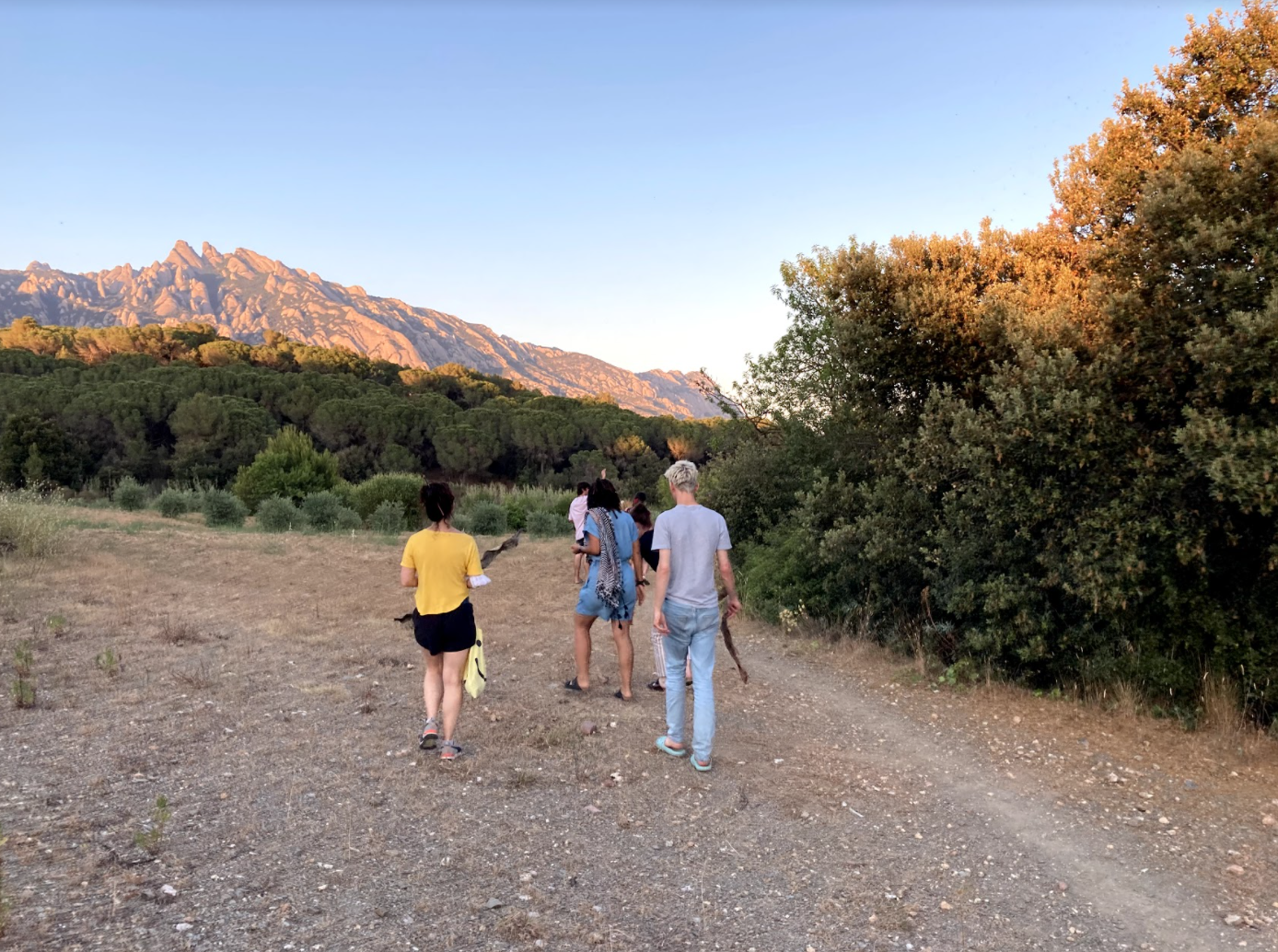
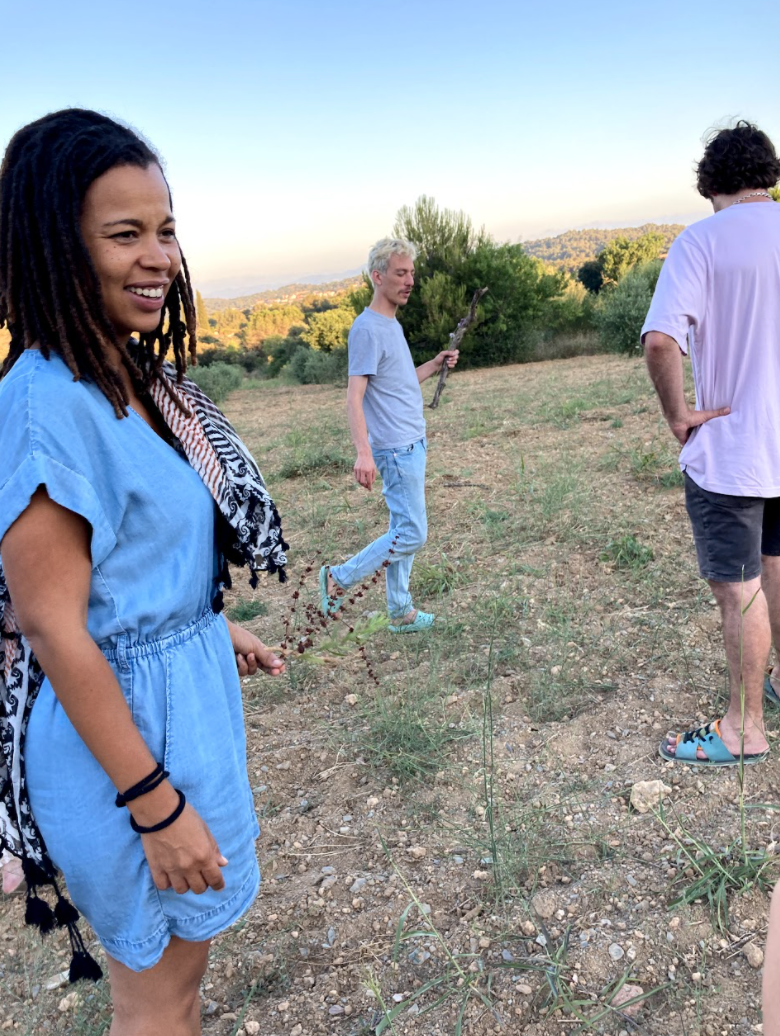
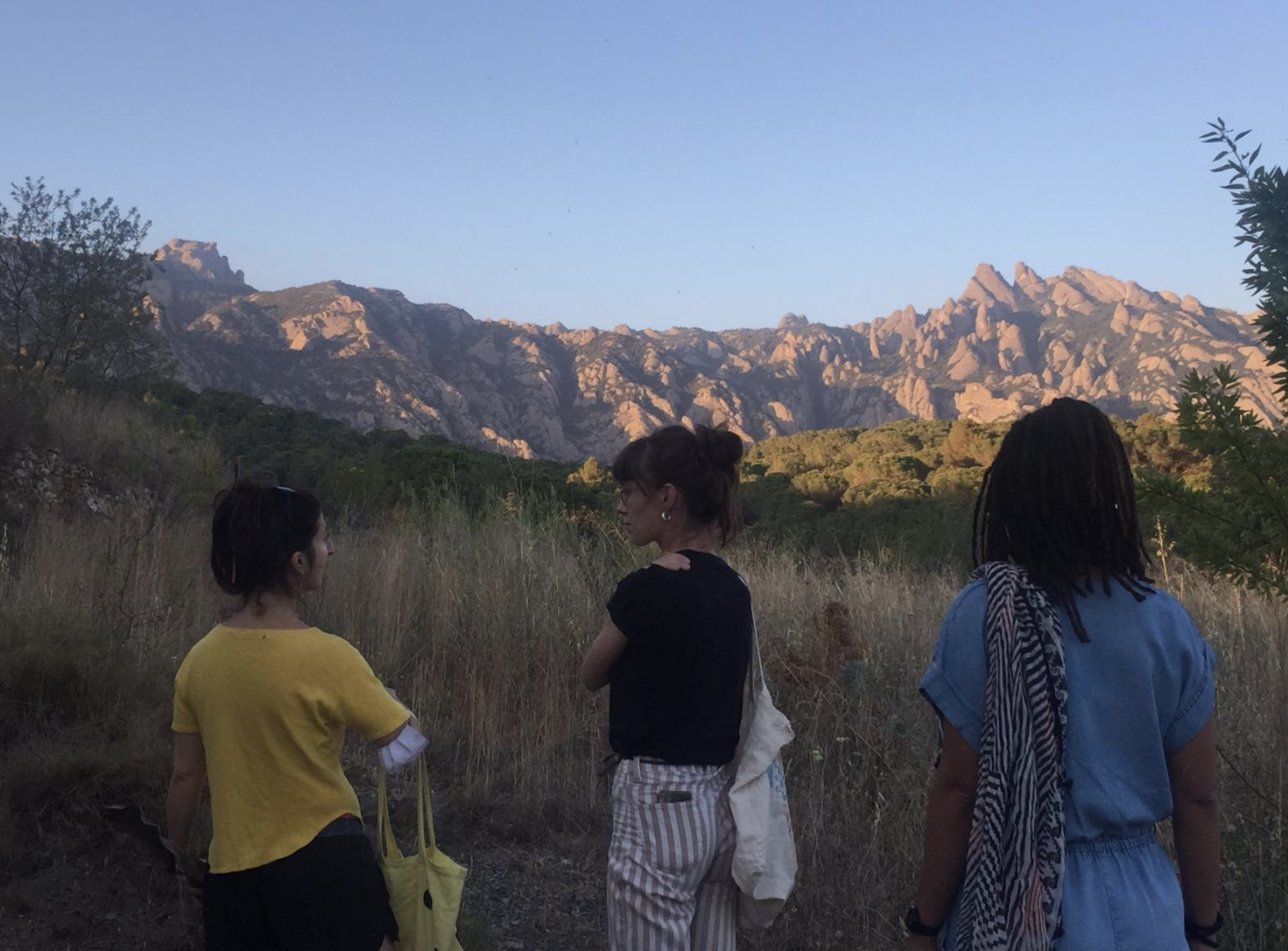
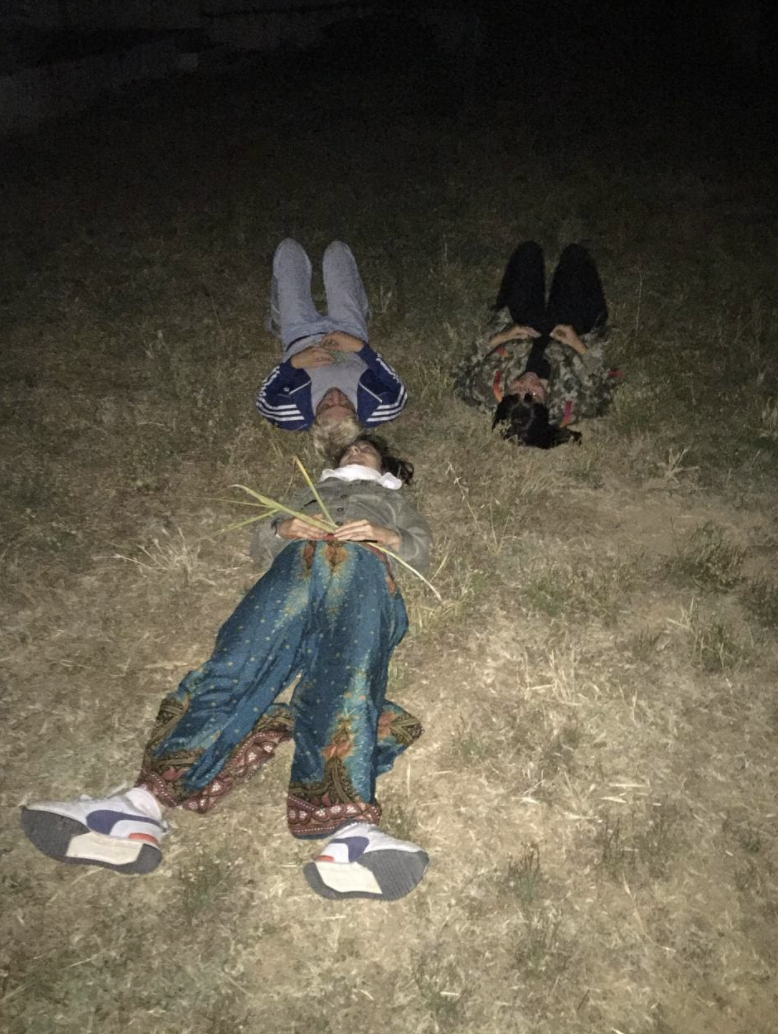
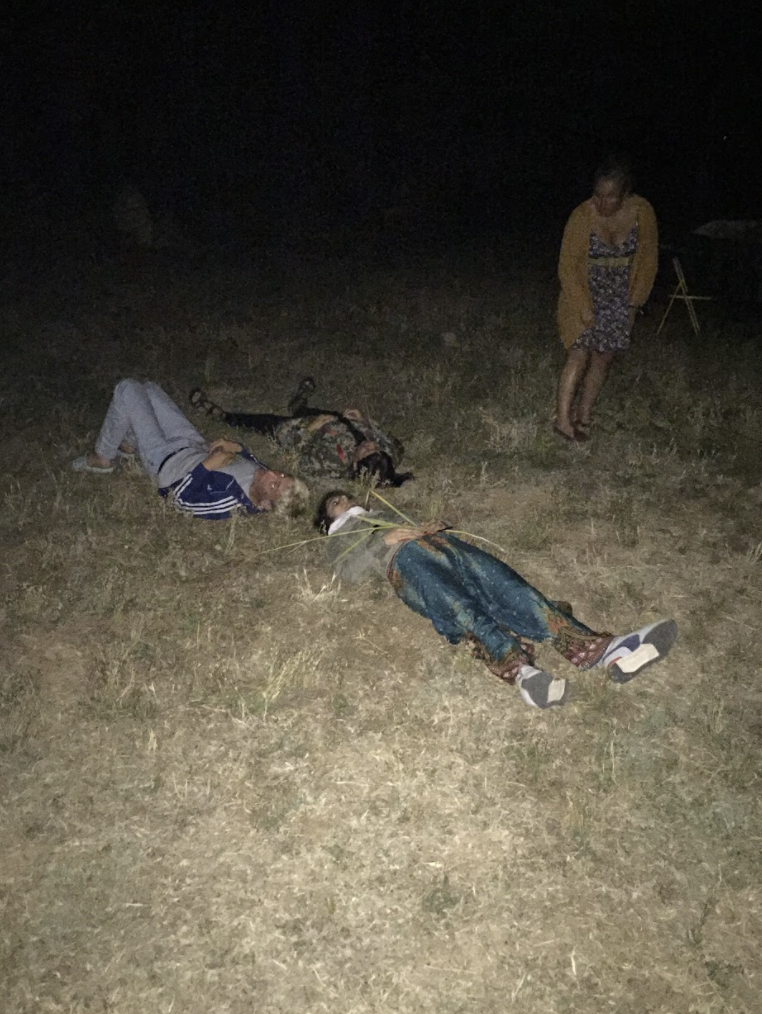
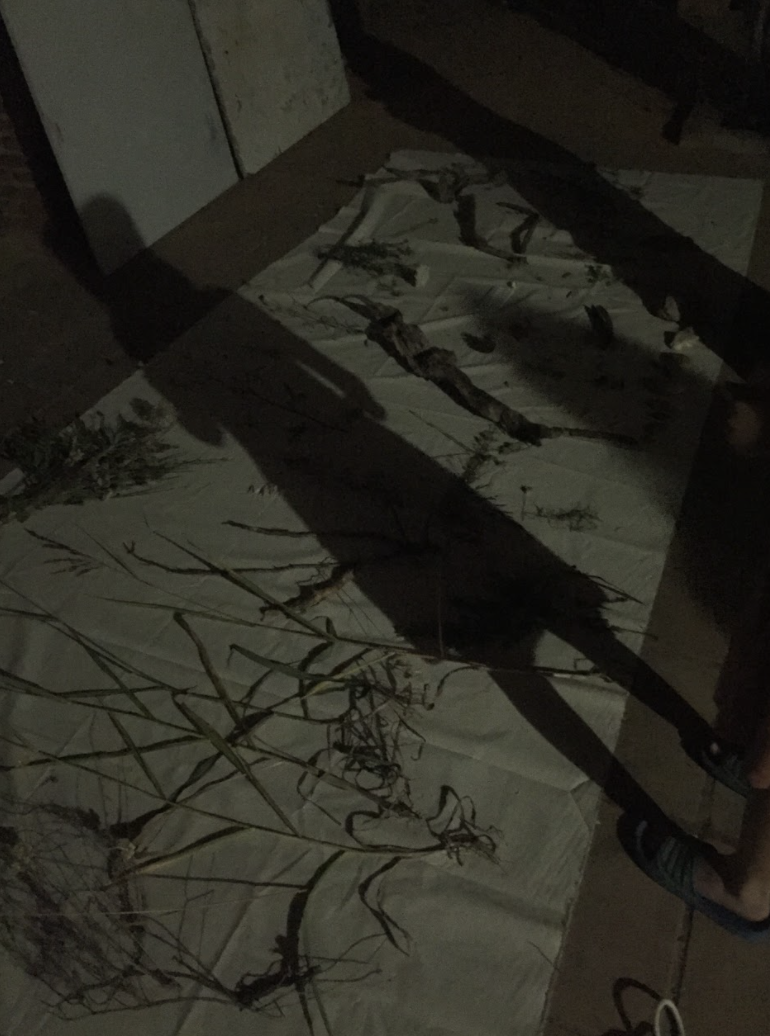
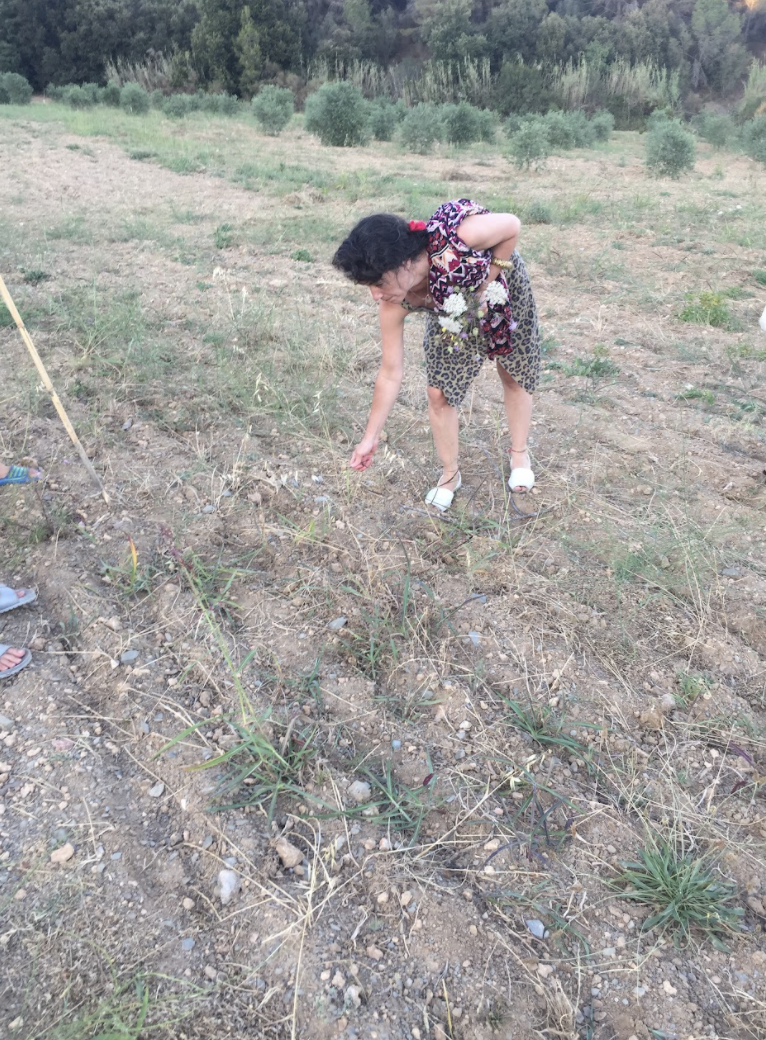
Starting from the 12 ways of approaching, understanding and using care in practices, collectives or cultural organisations that resulted from Phase 1: (Un)SCREWING CARE SEMINAR, the six collectives participating in Catalyst CIRCLUSION were invited by Te( n ) cuidado to a face-to-face and partially virtual meeting on 5, 6 and 7 July 2021 at Can Serrat centre for artists’ residencies and cultural production (El Bruc, Catalonia).
The goal of this Meeting was to co-create and consolidate a series of common tools with which to implement care in cultural organisations and/or artistic practices. Tools to be firstly put into practice within each of the socio-political contexts of the invited groups, then to be shared with other organisations, collectives and institutions in a number of different fields.
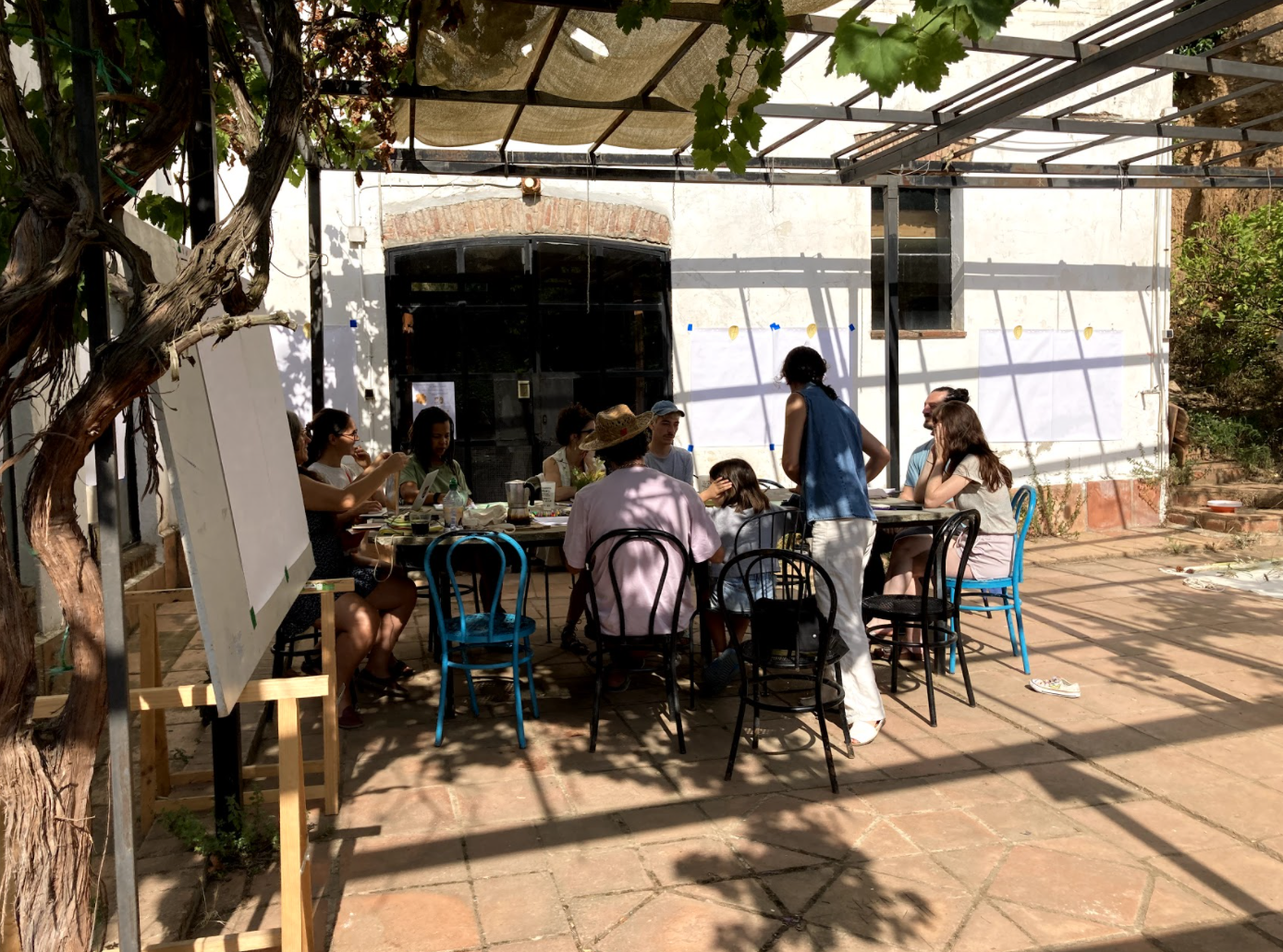
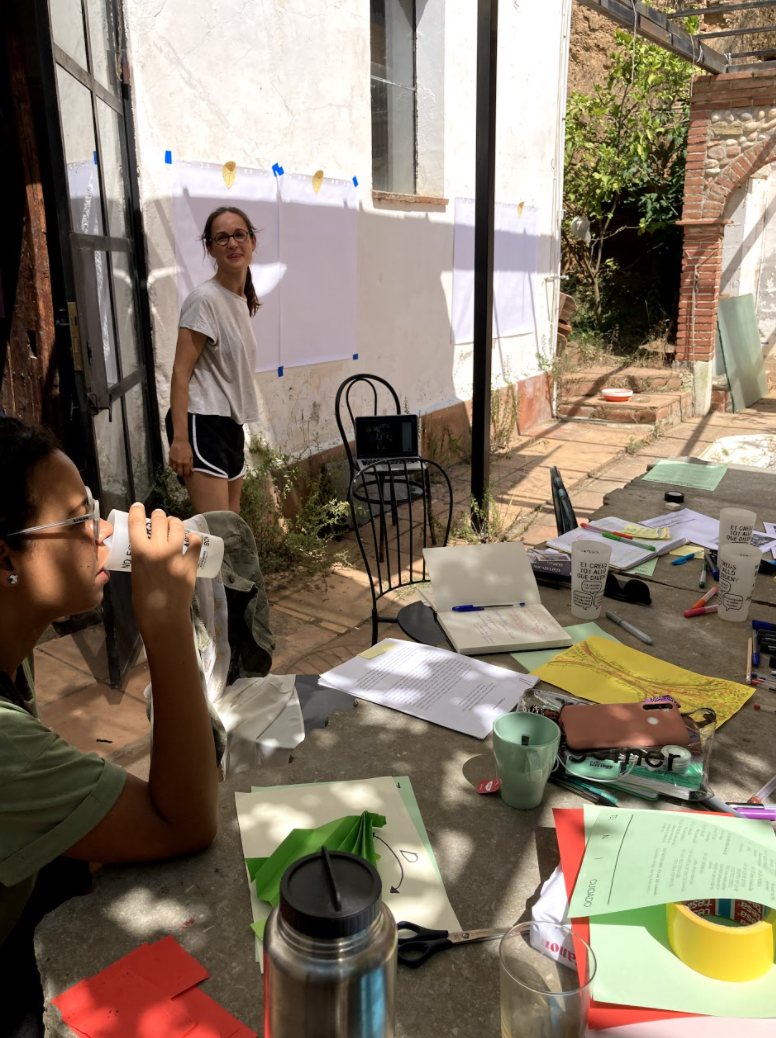
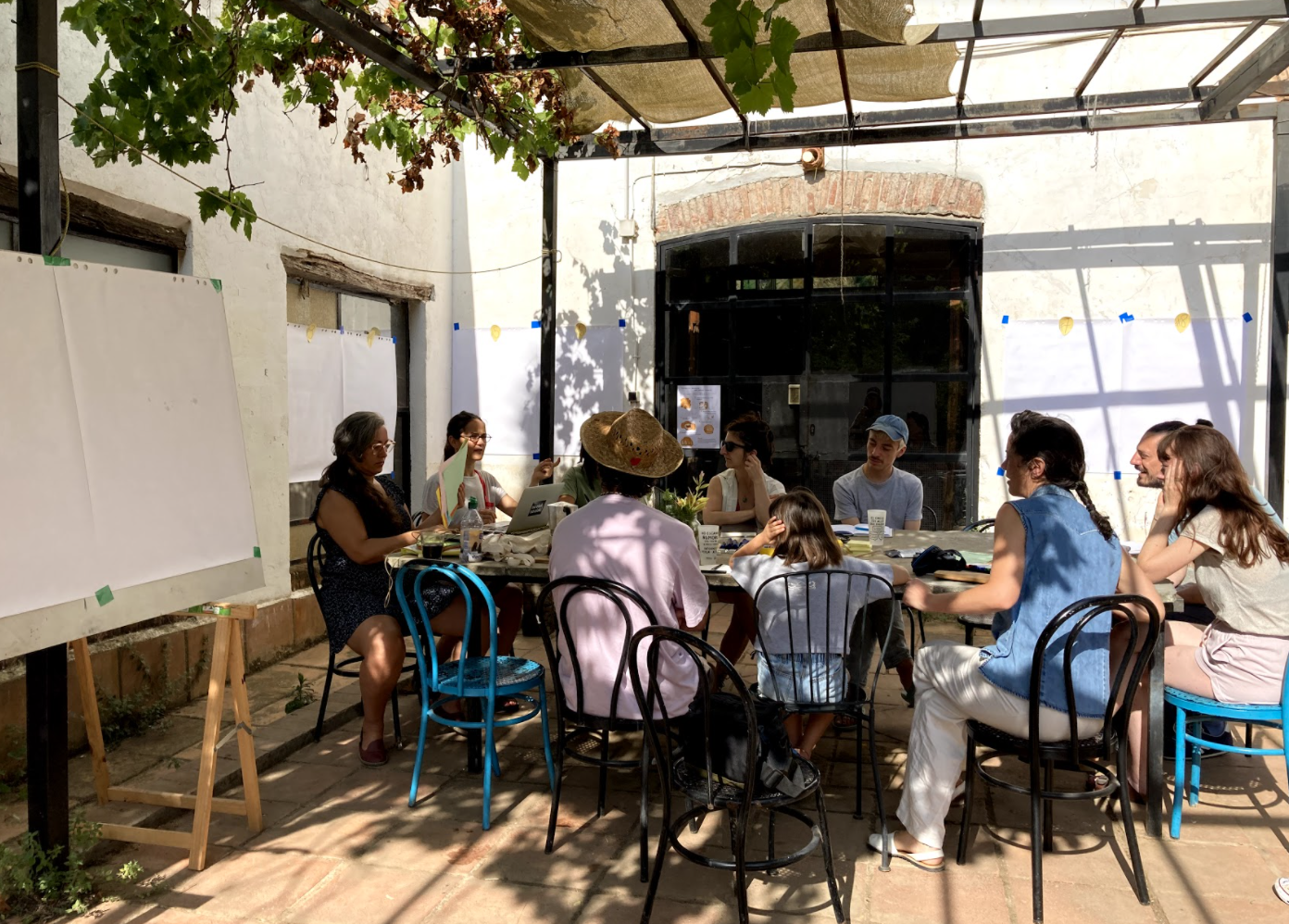
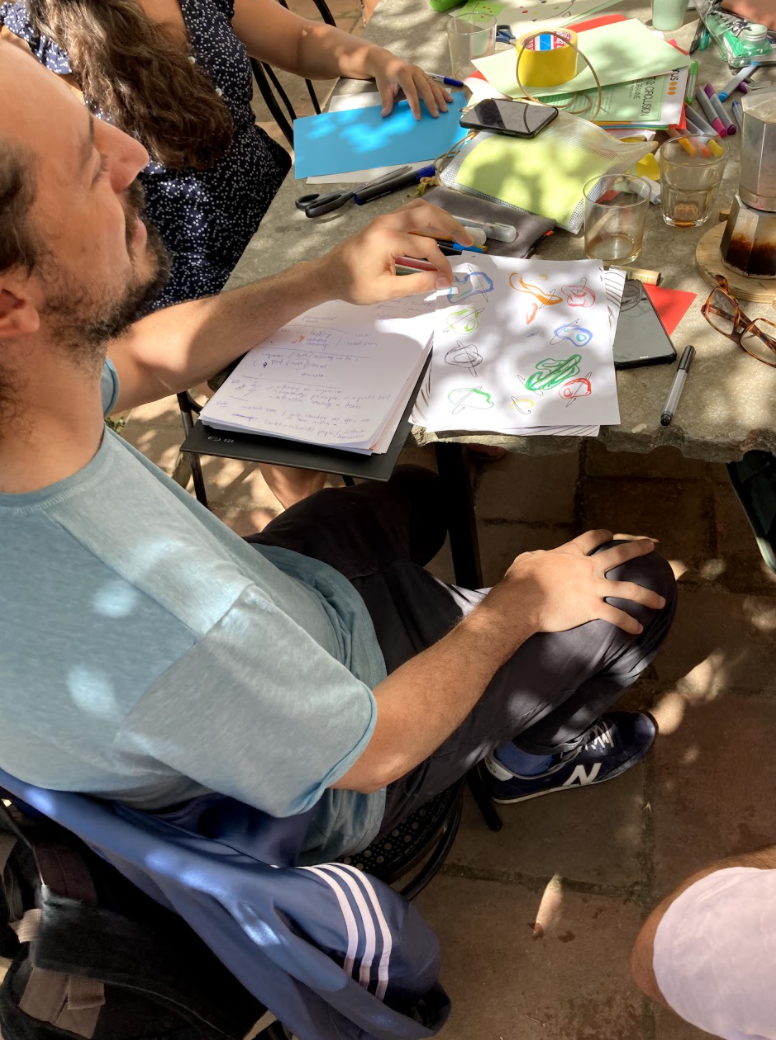
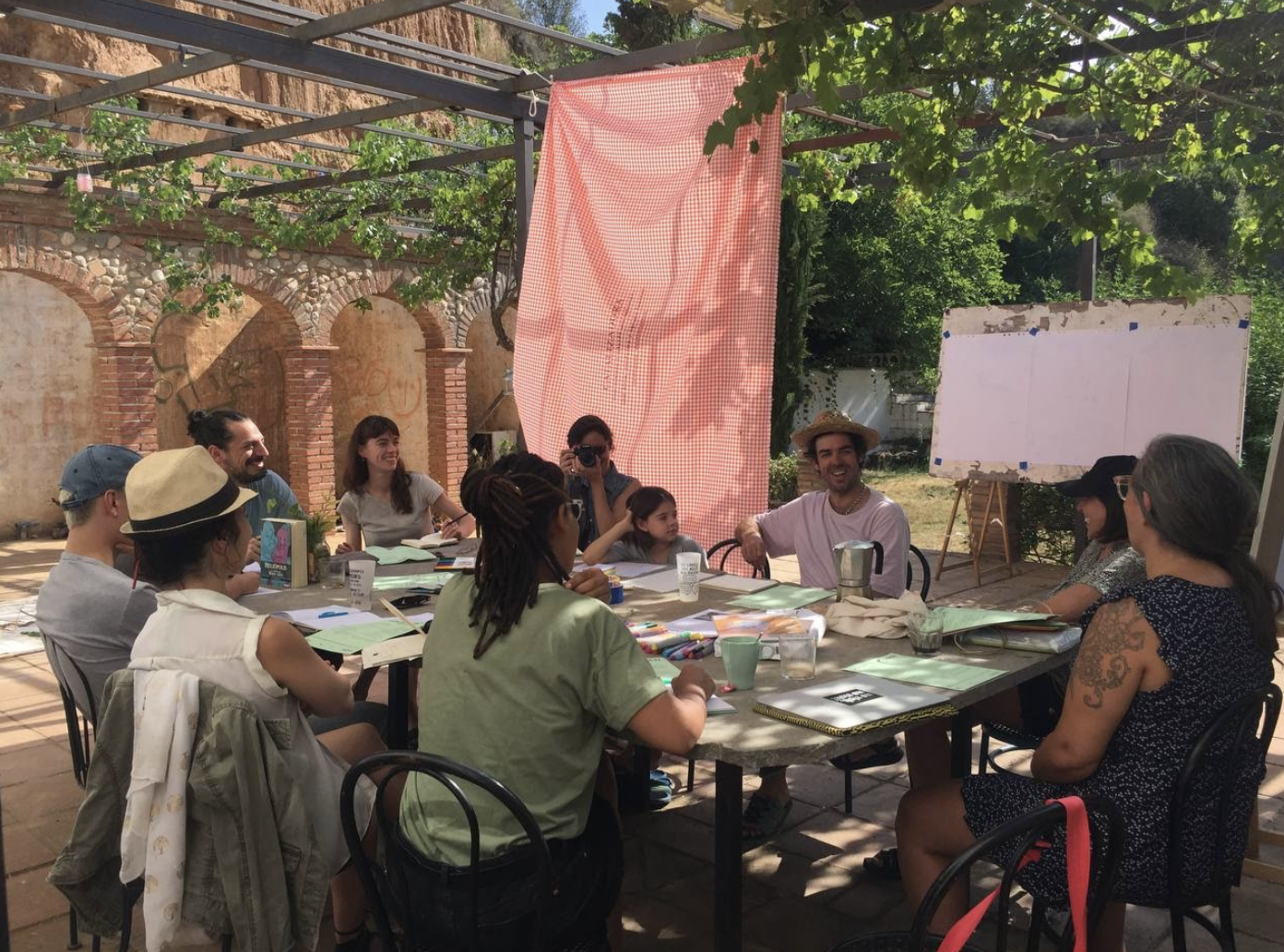
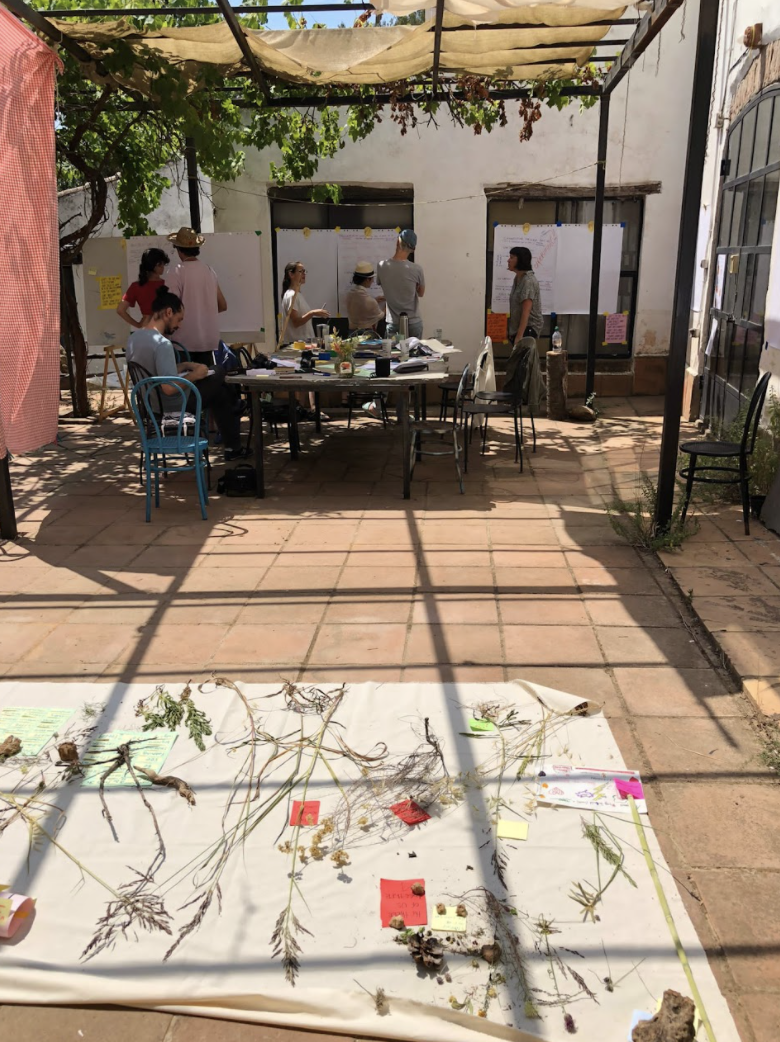
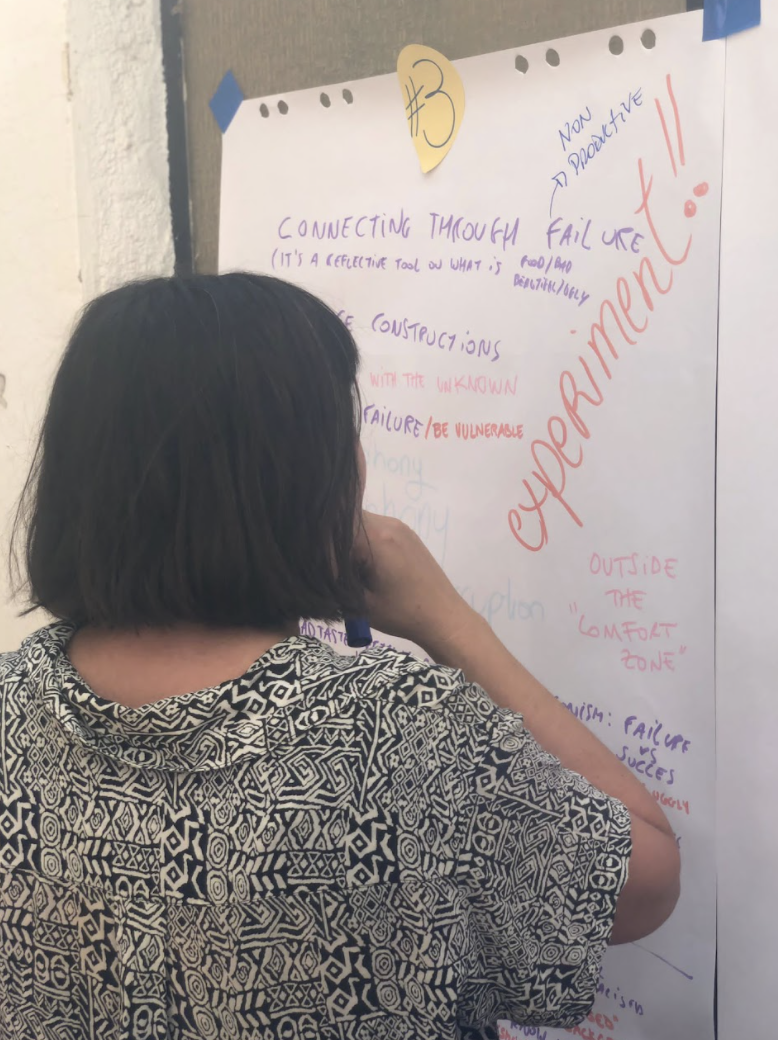
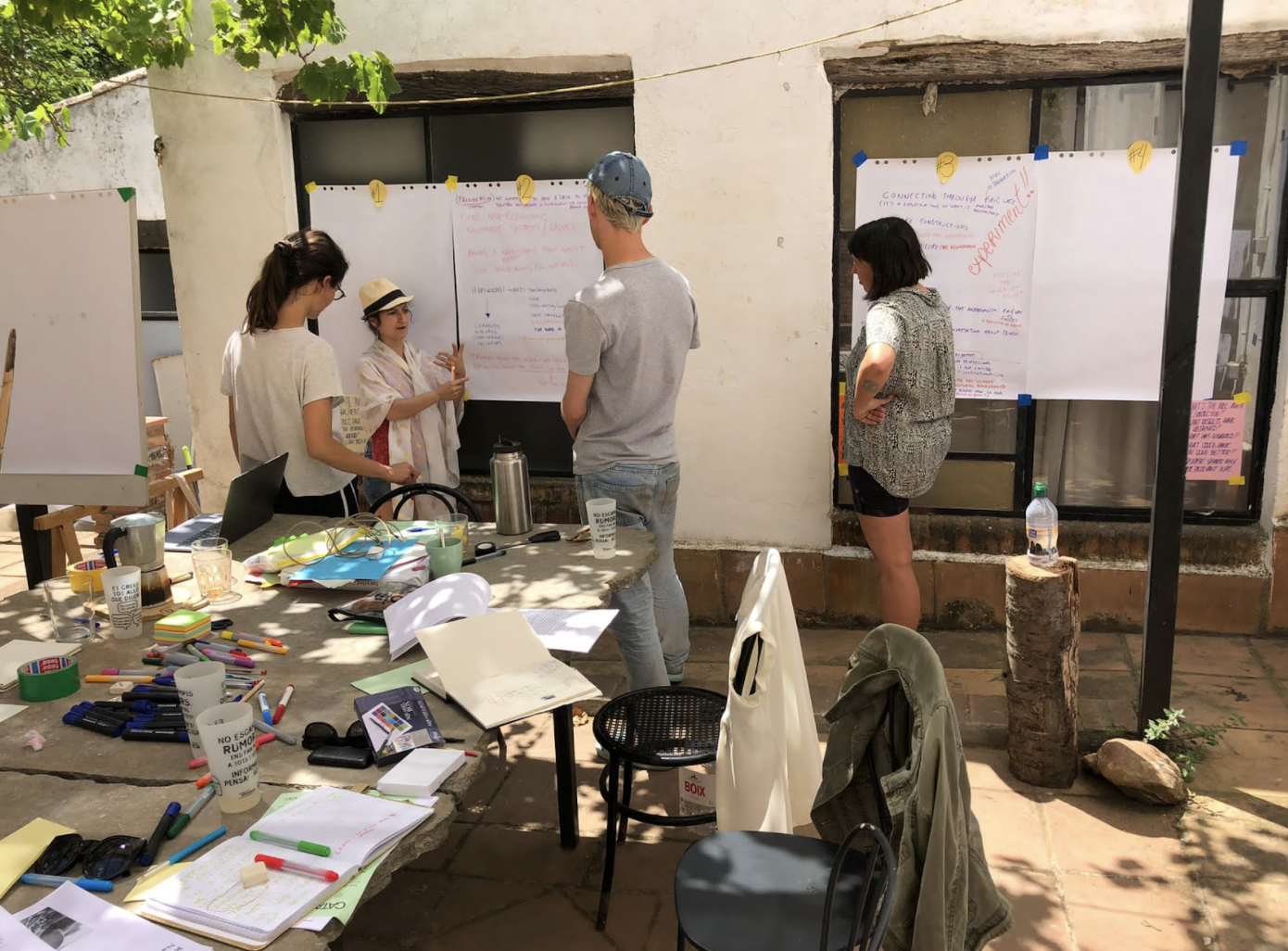
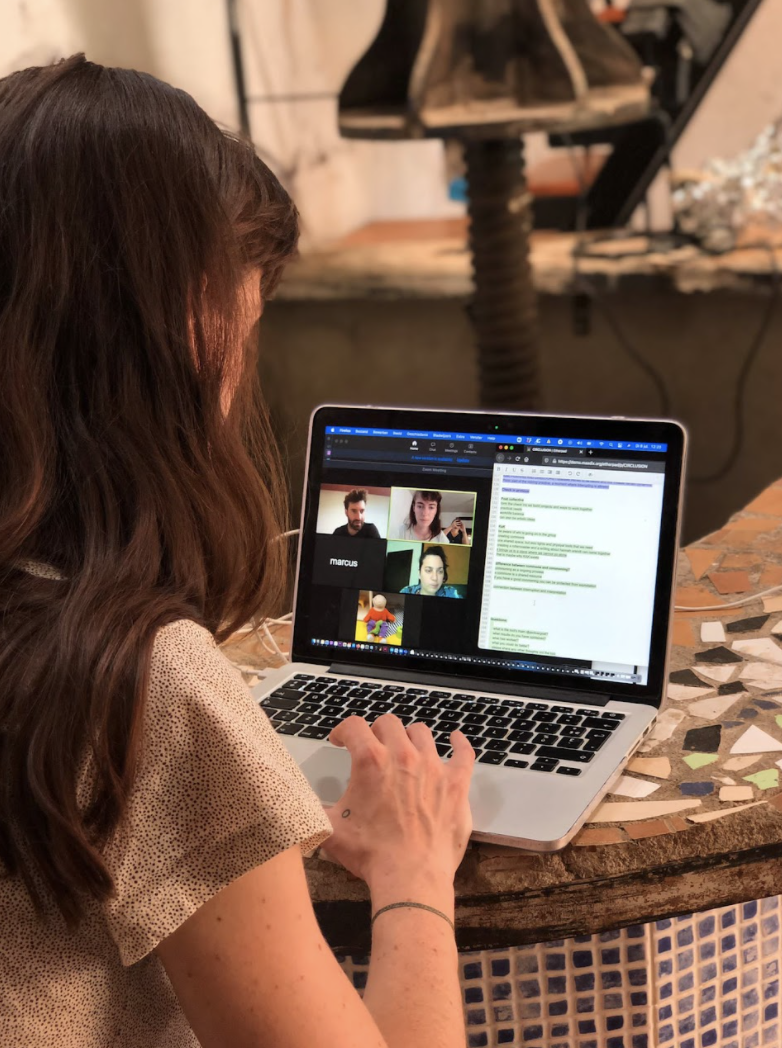
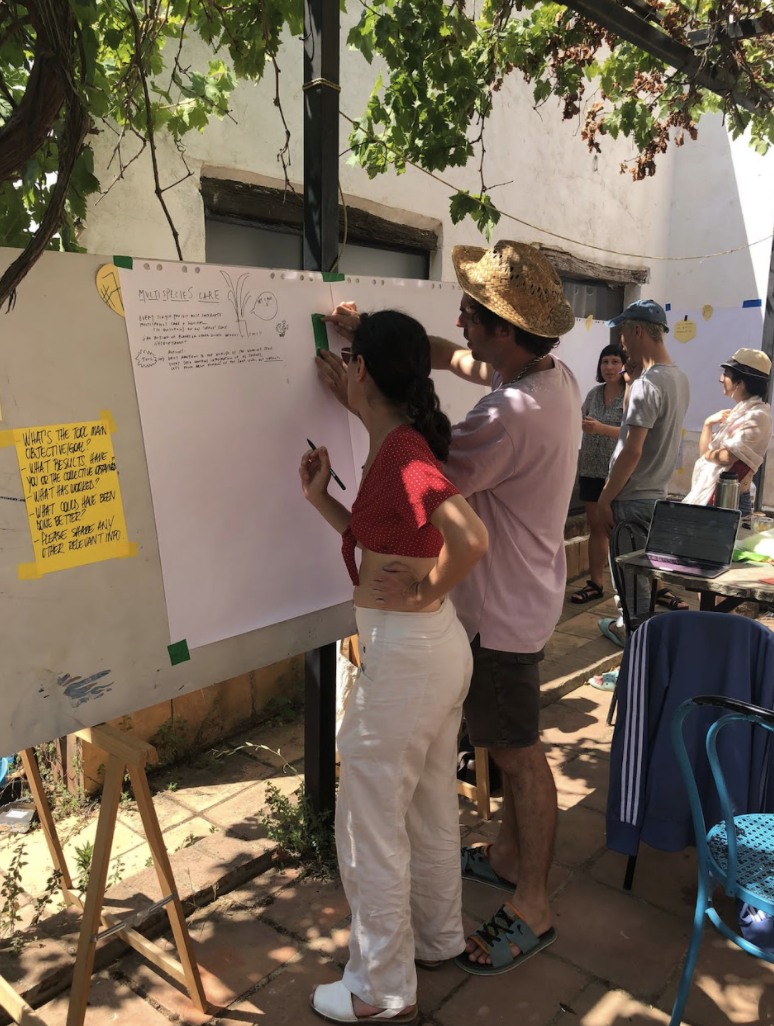
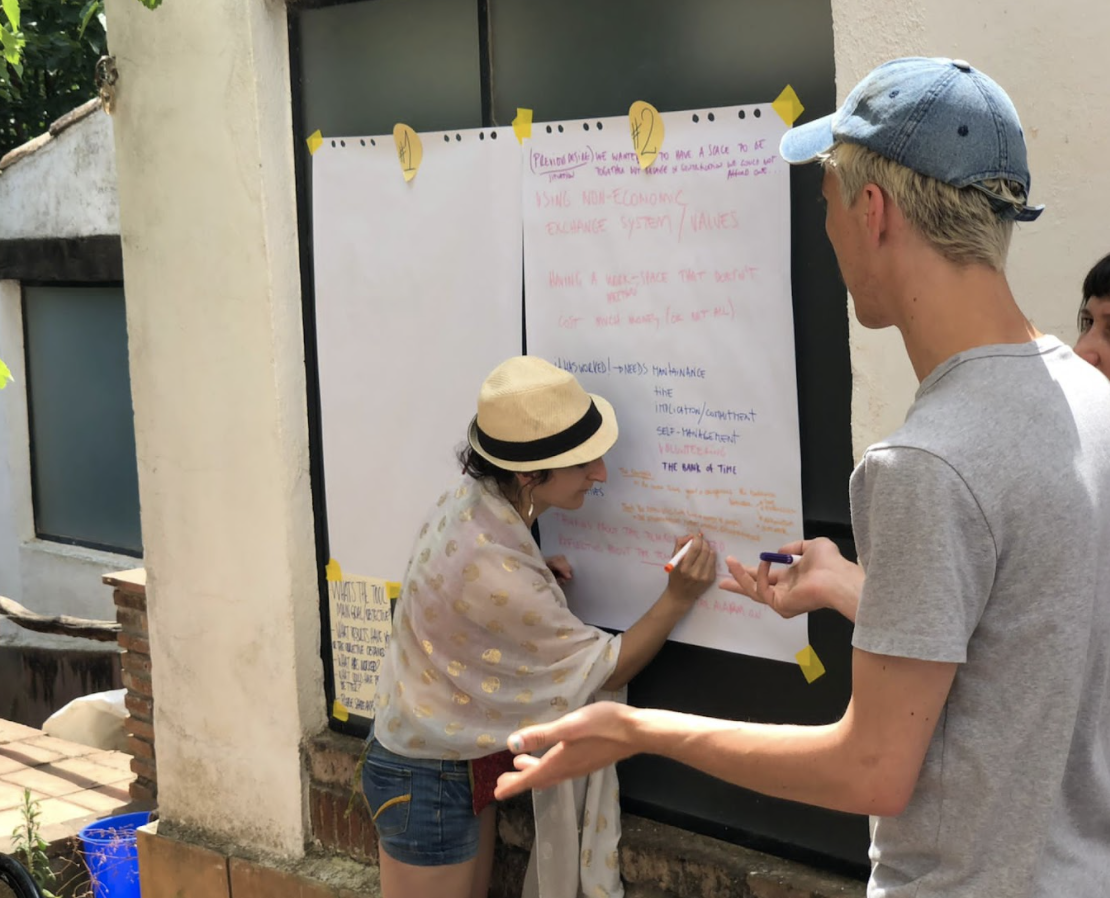
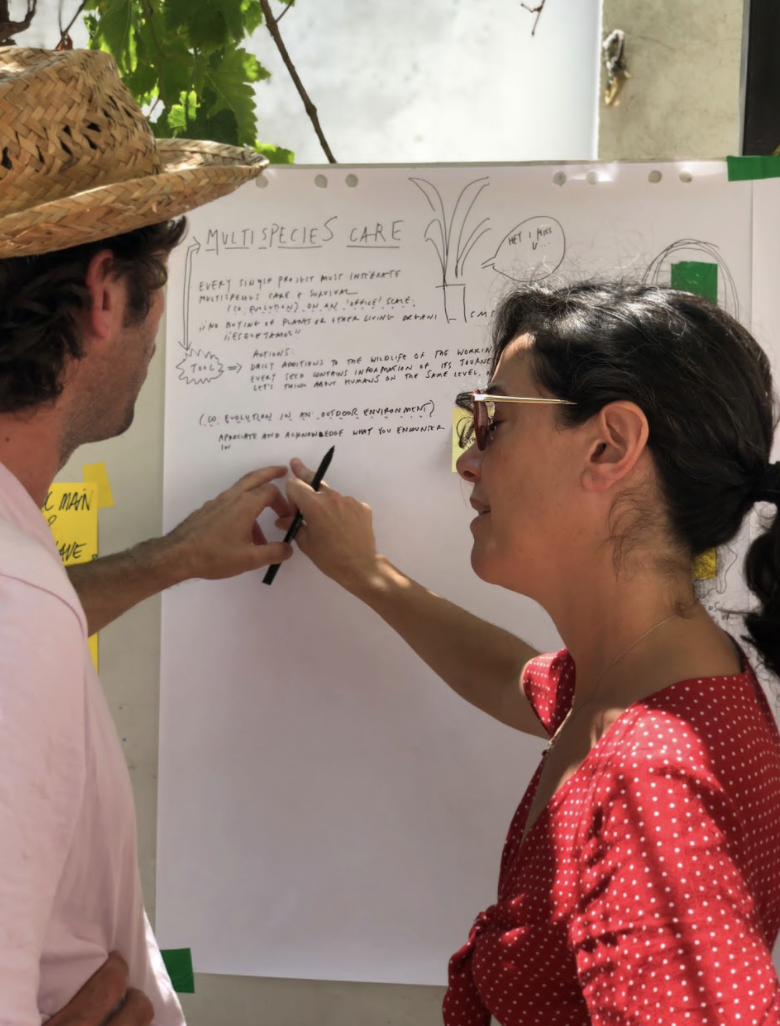
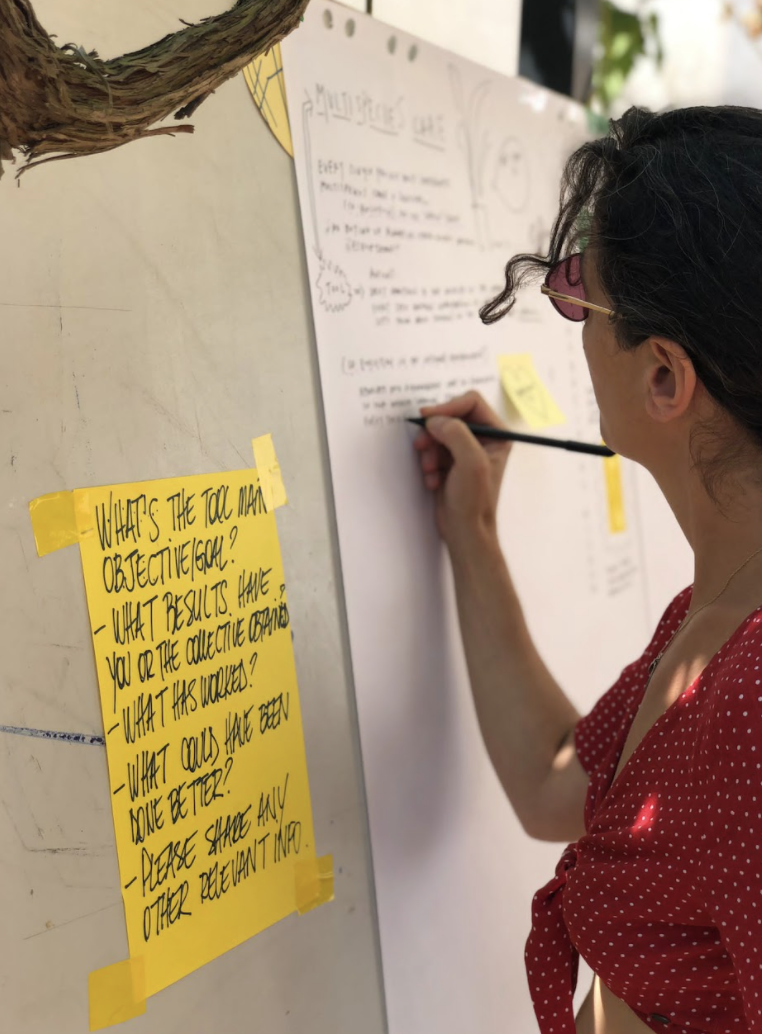
In order to generate and define these tools, Larre collective – promoter of the project Te( n ) cuidado – worked together with systemic facilitator Juliana Simoes and Belgian artist Katinka de Jonge. This collaboration allowed for dynamics and moments of exchange, co-creation and calm to be devised, conforming the CIRCLUSION Meeting, developed both face-to-face and partially online.
What is its use?
What is its goal?
What has worked?
What has not worked?
These were pivotal initial questions to be able to collectively define a series of portable, replicable and malleable tools in relation to care, based on experiences and visions shared by the individuals representing the invited collectives.
By means of an intense and intimate process of exchange, filtering, negotiation and collective re-articulation through the dynamics suggested, and with the support and facilitation of Juliana in this session, six tools were defined.
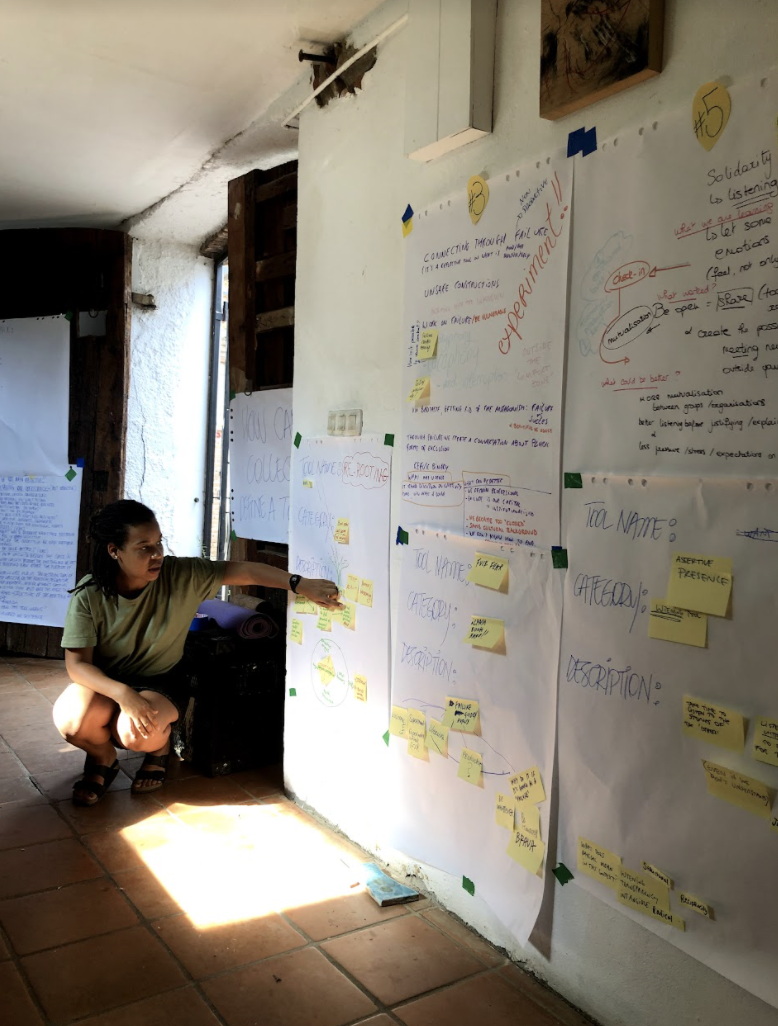
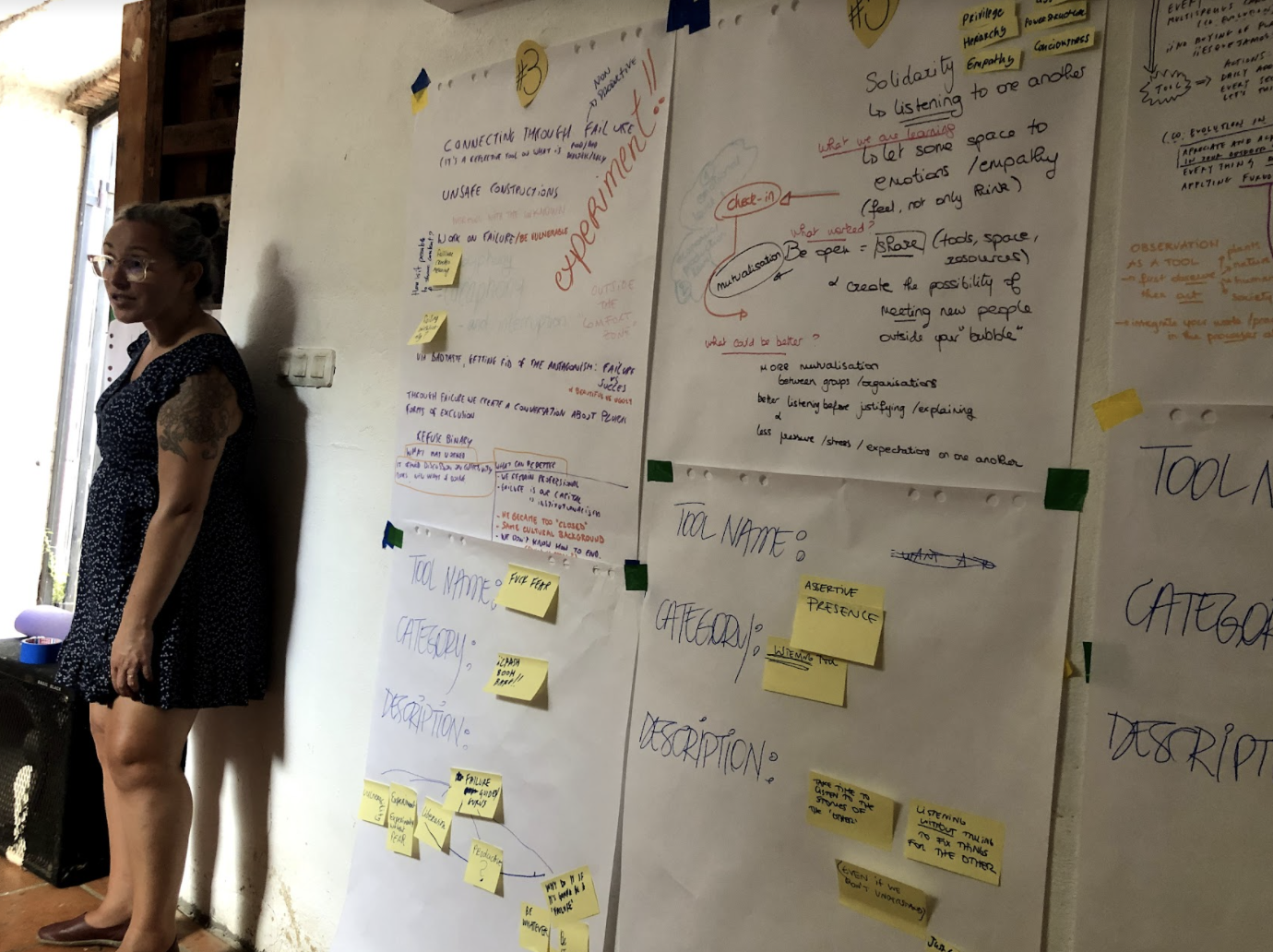
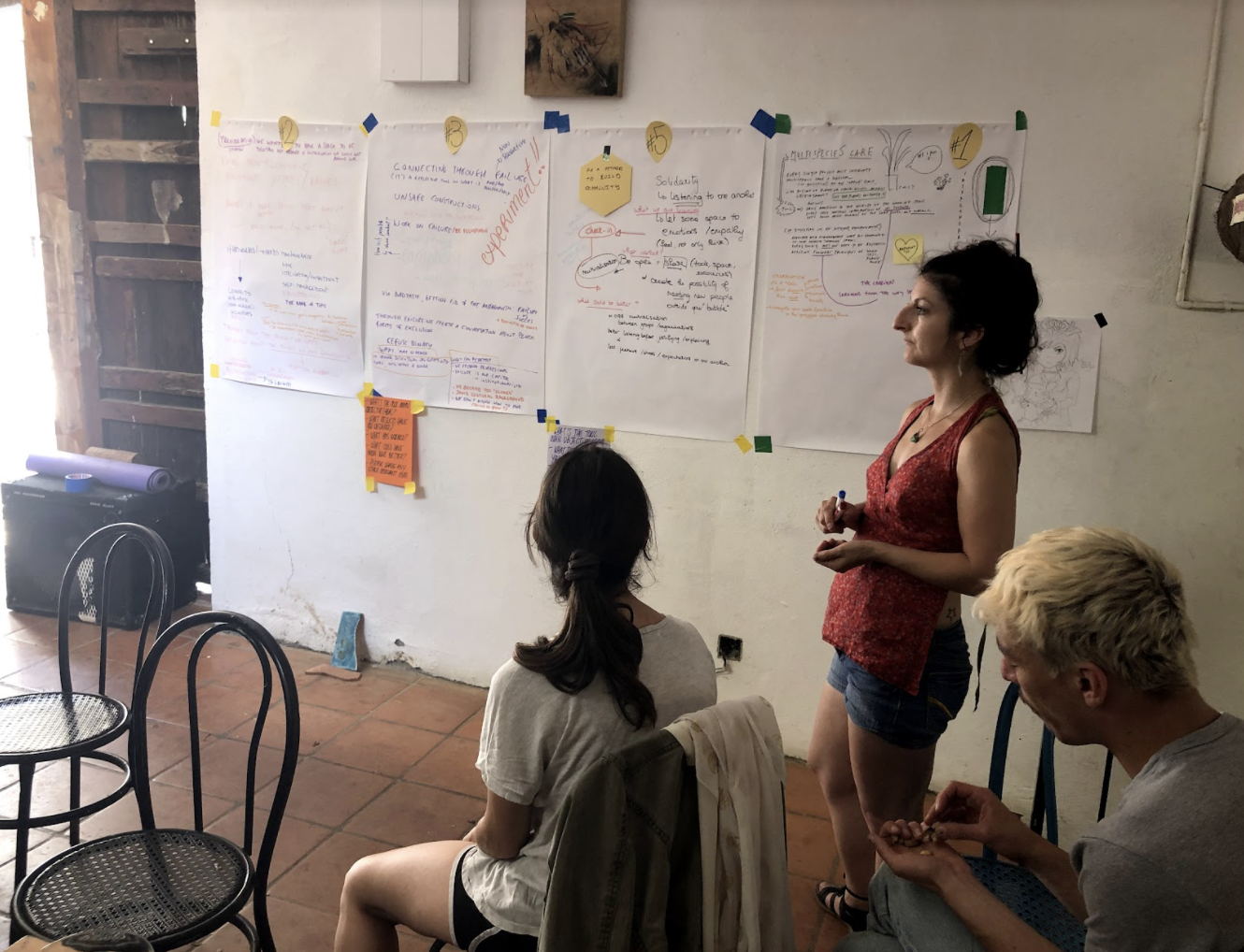
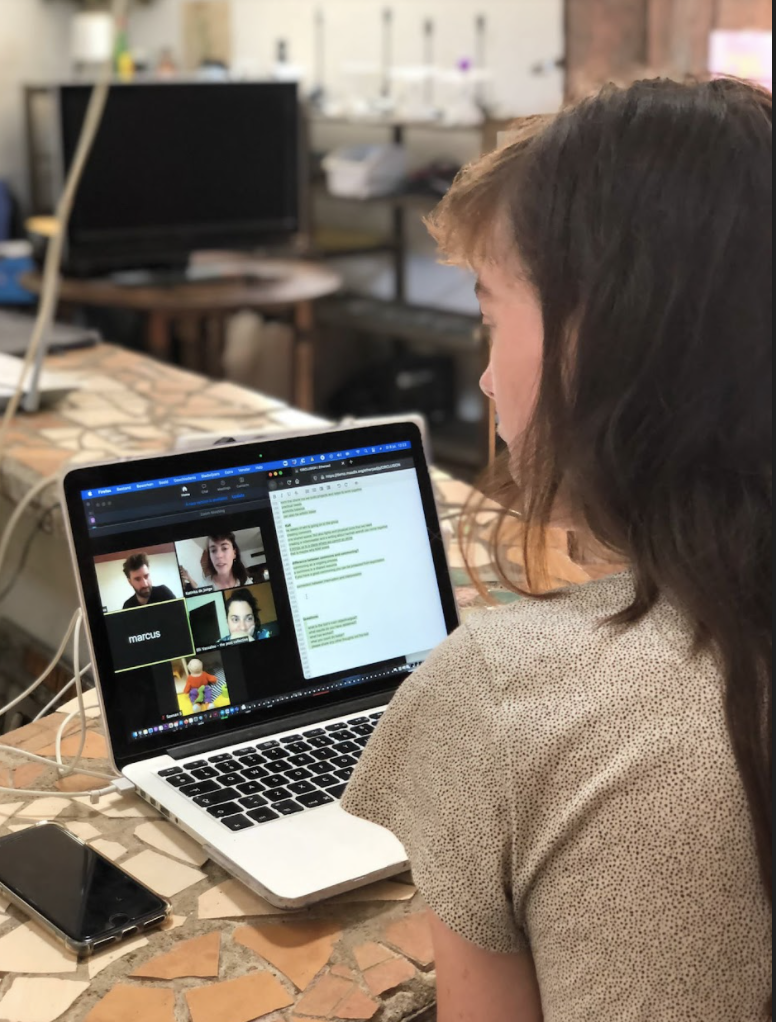
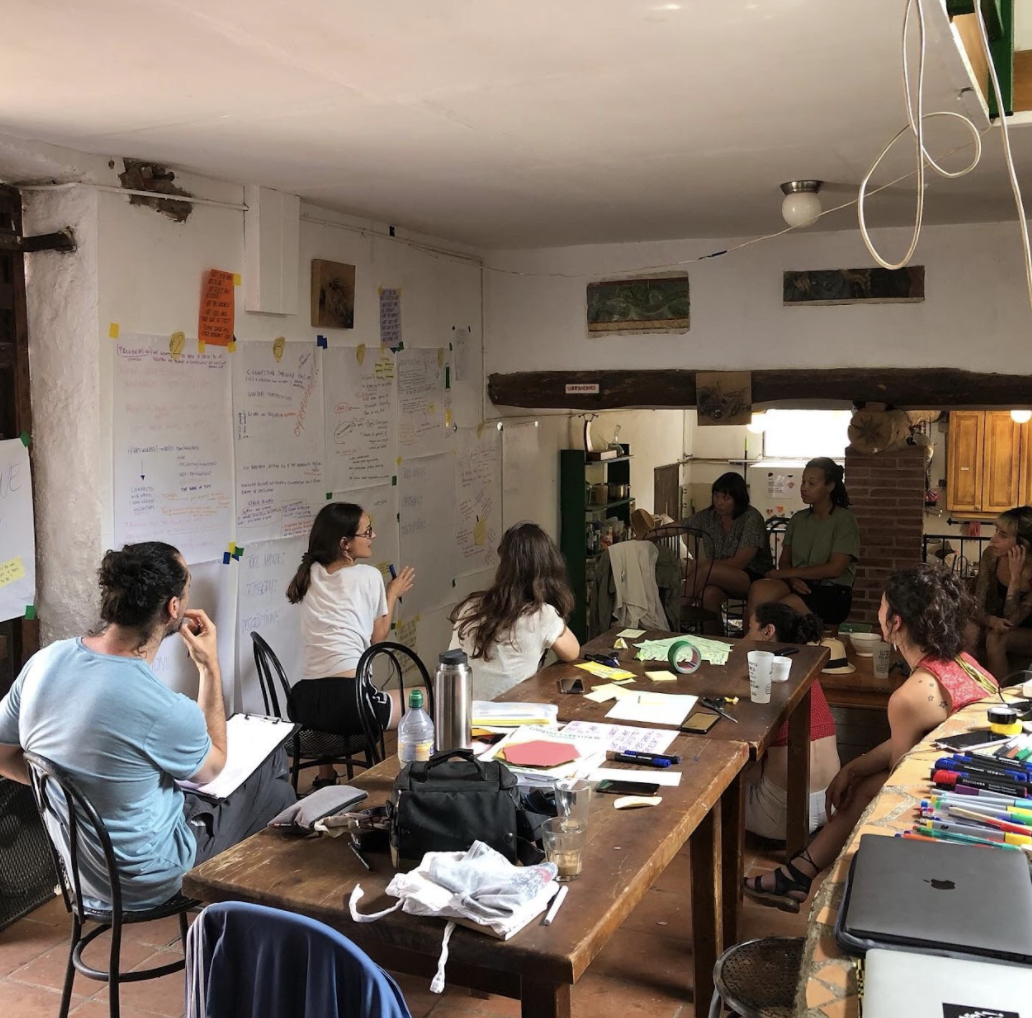
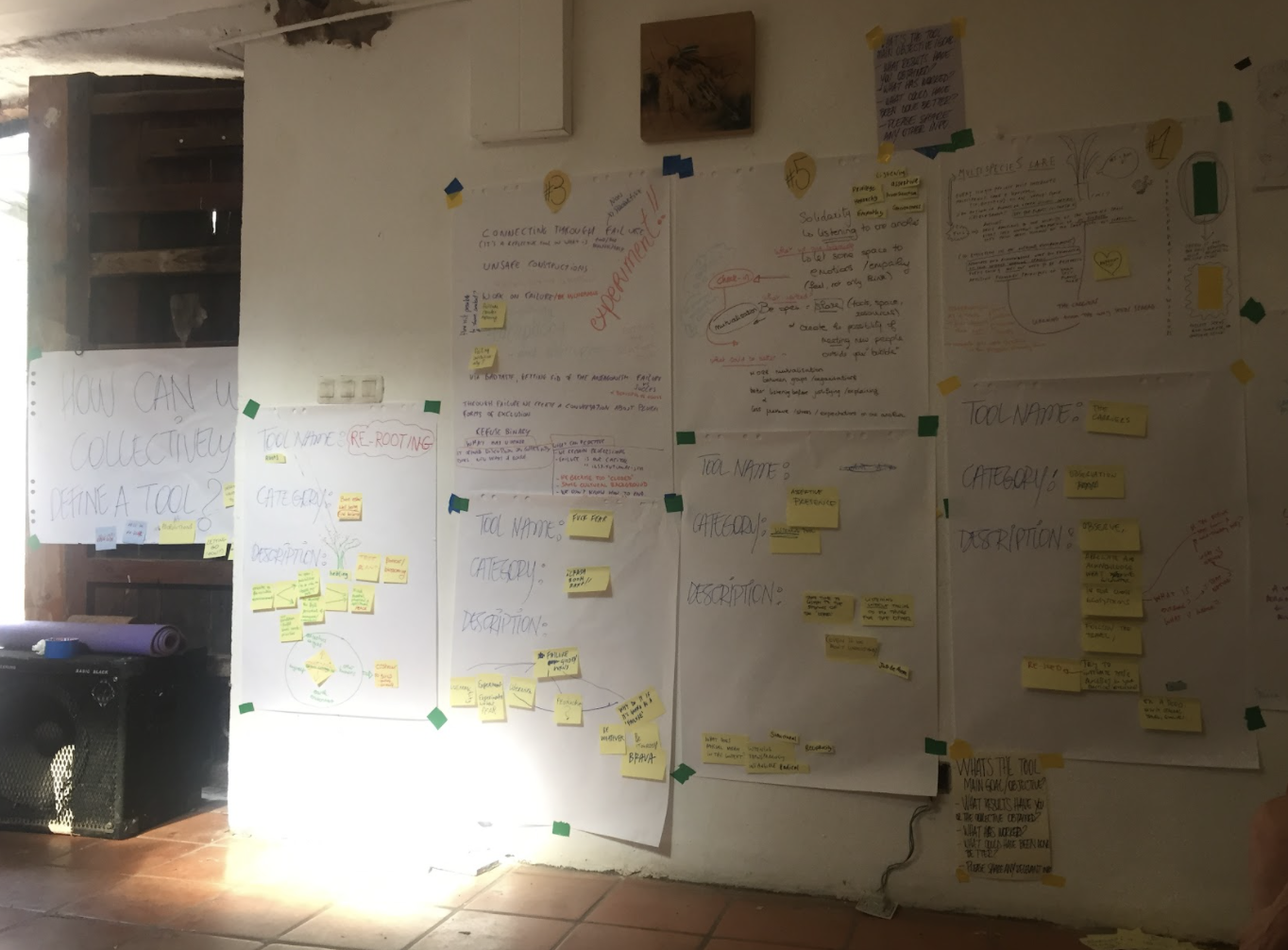
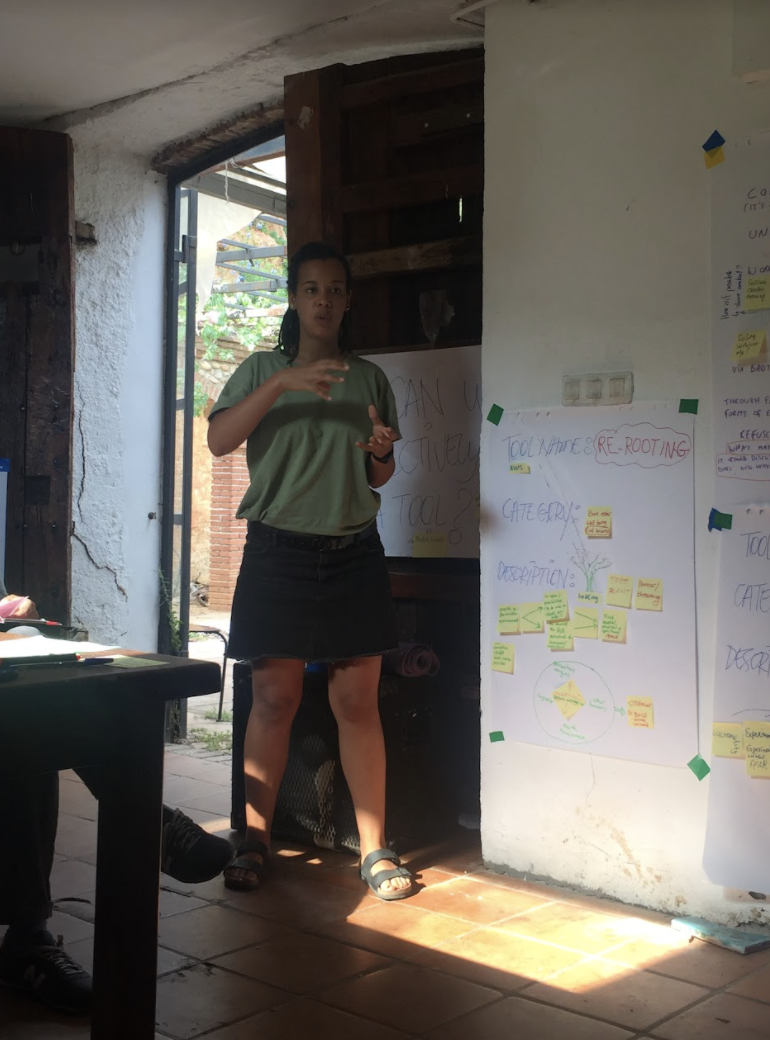
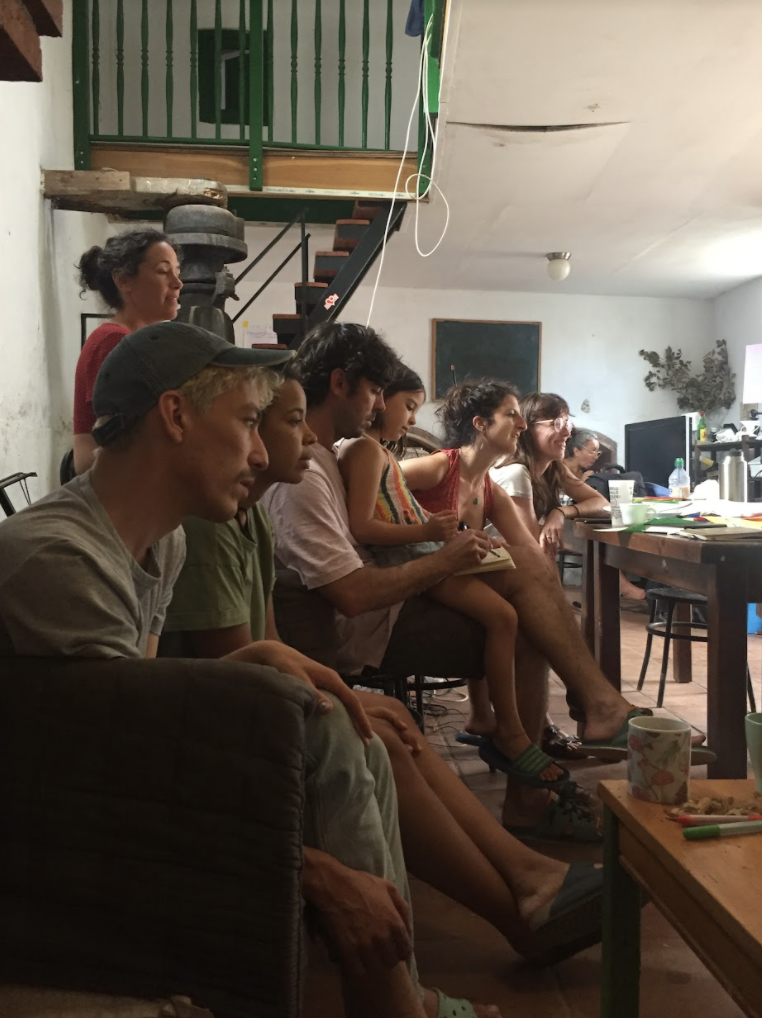
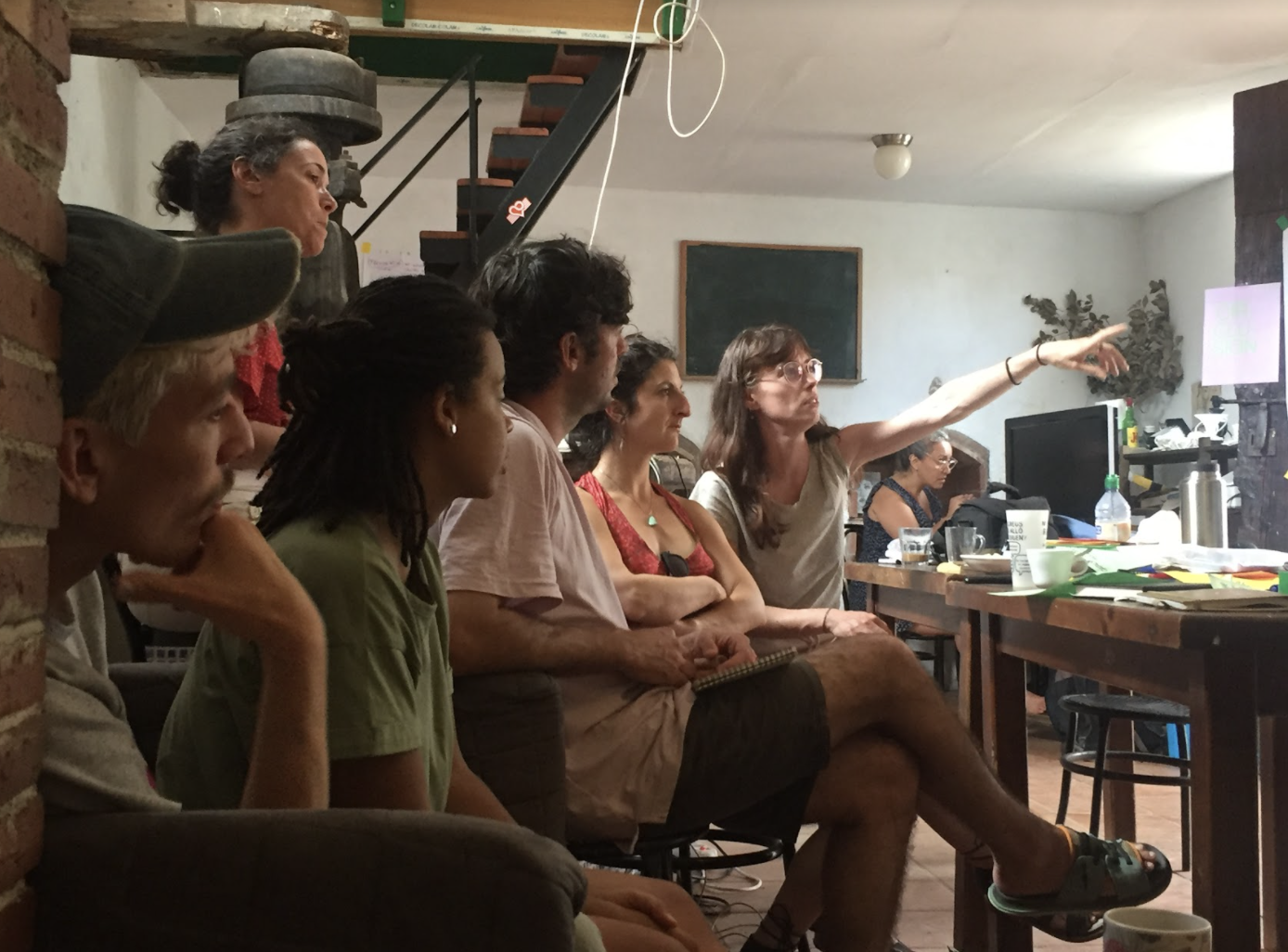
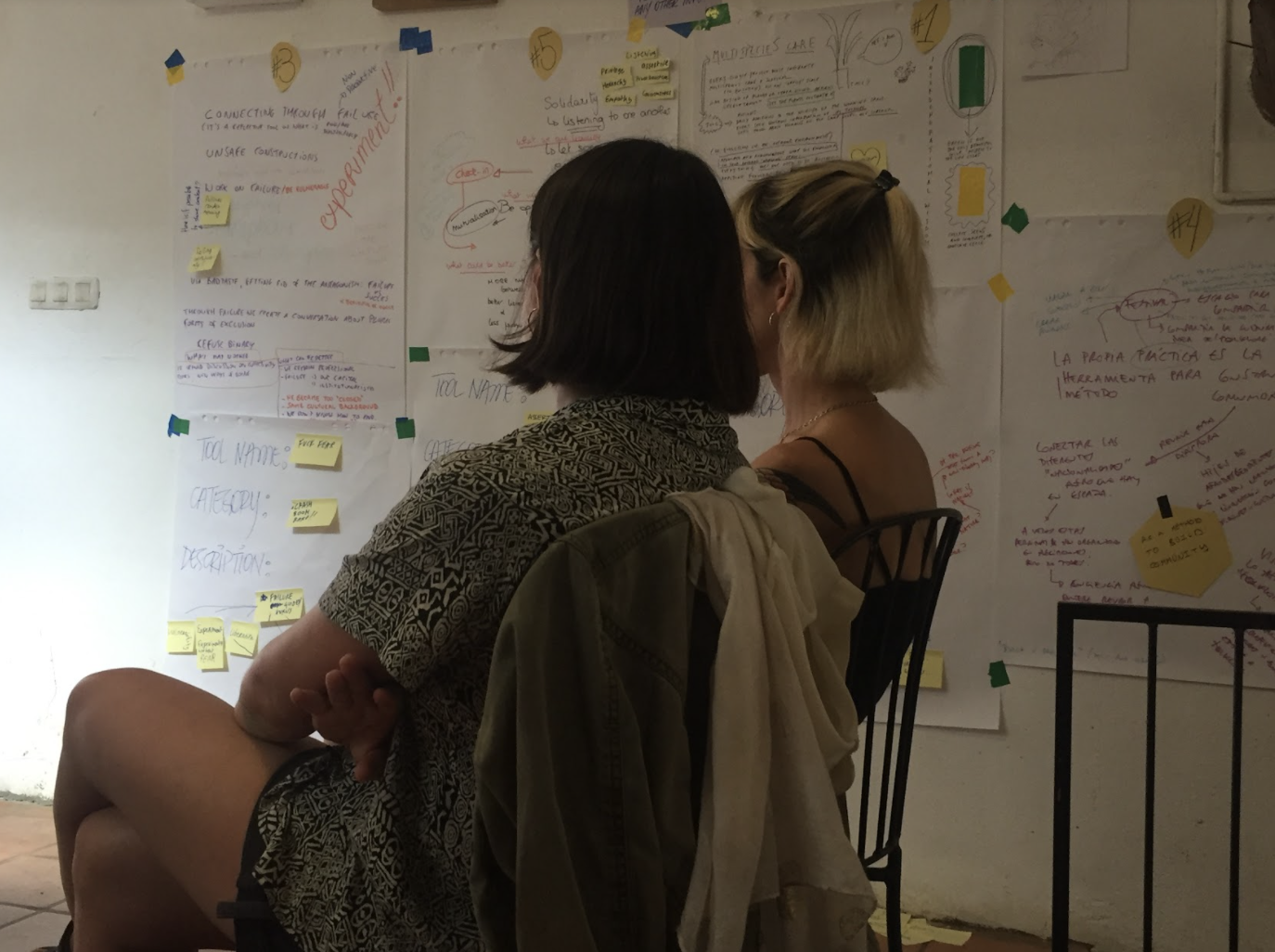
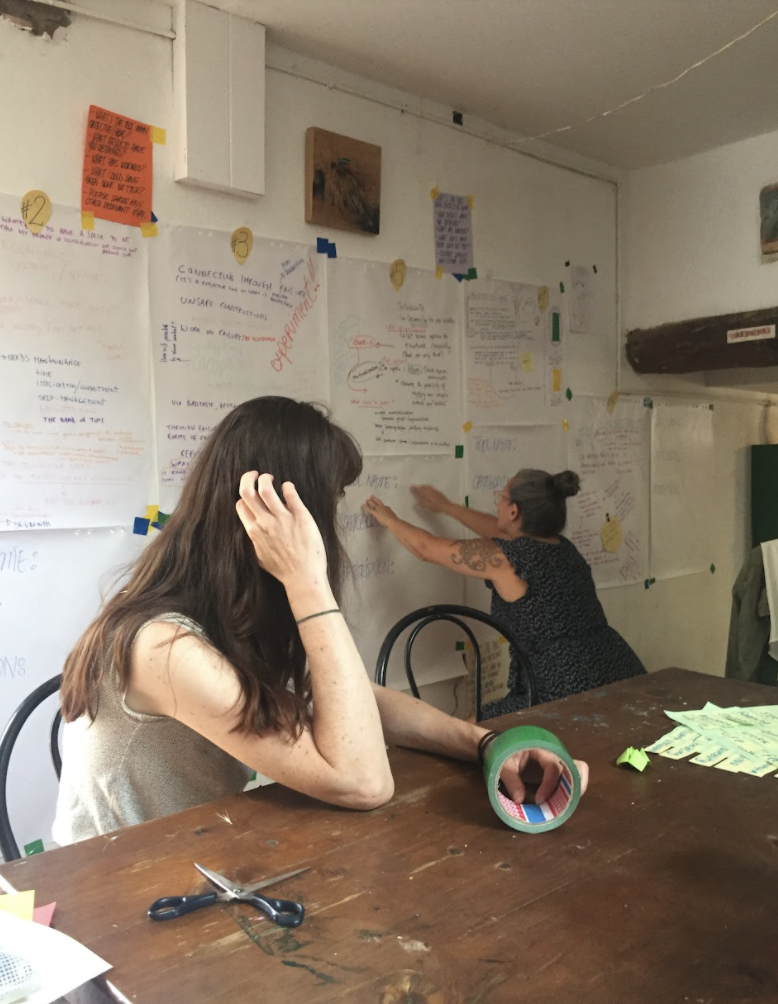
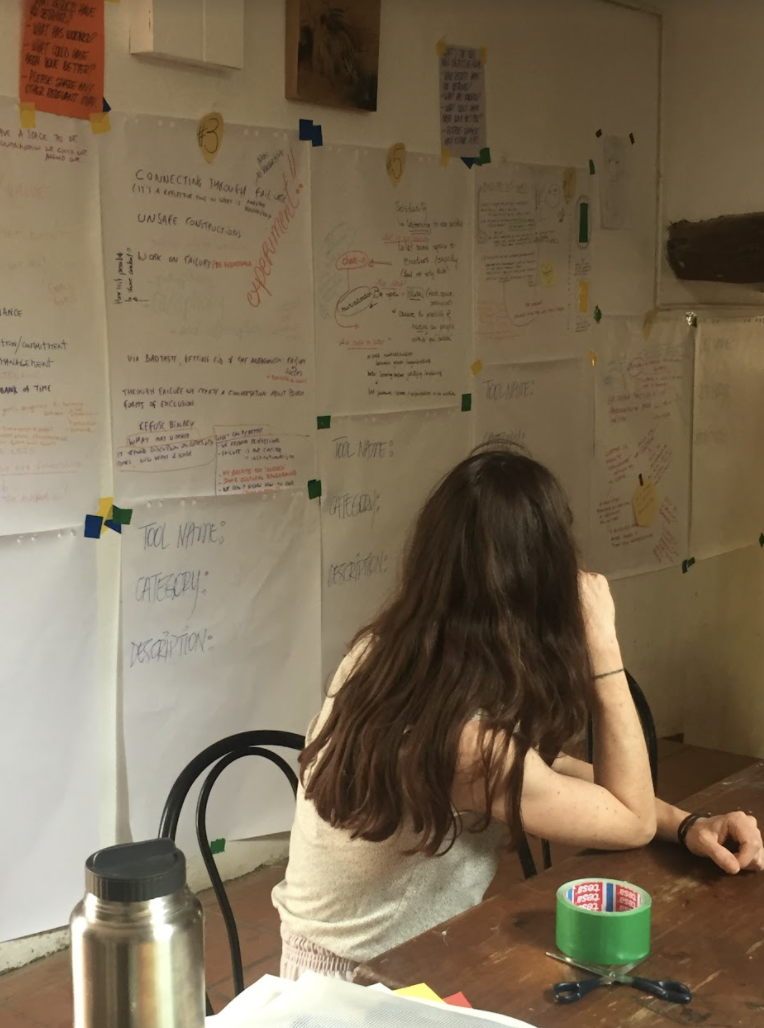
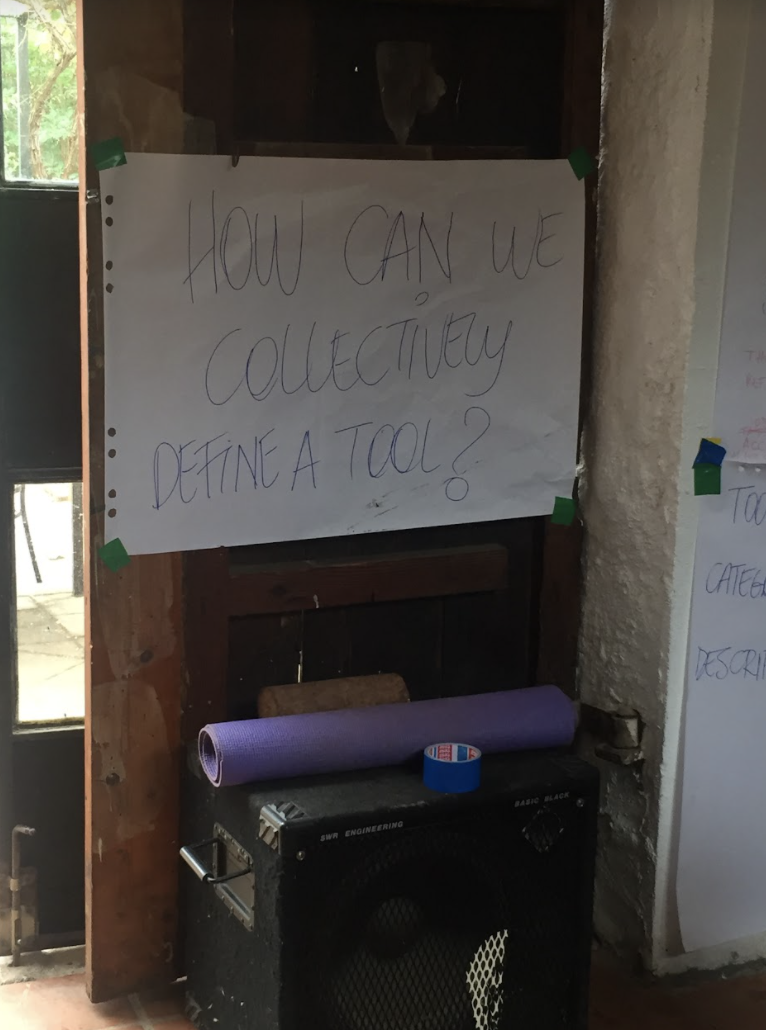
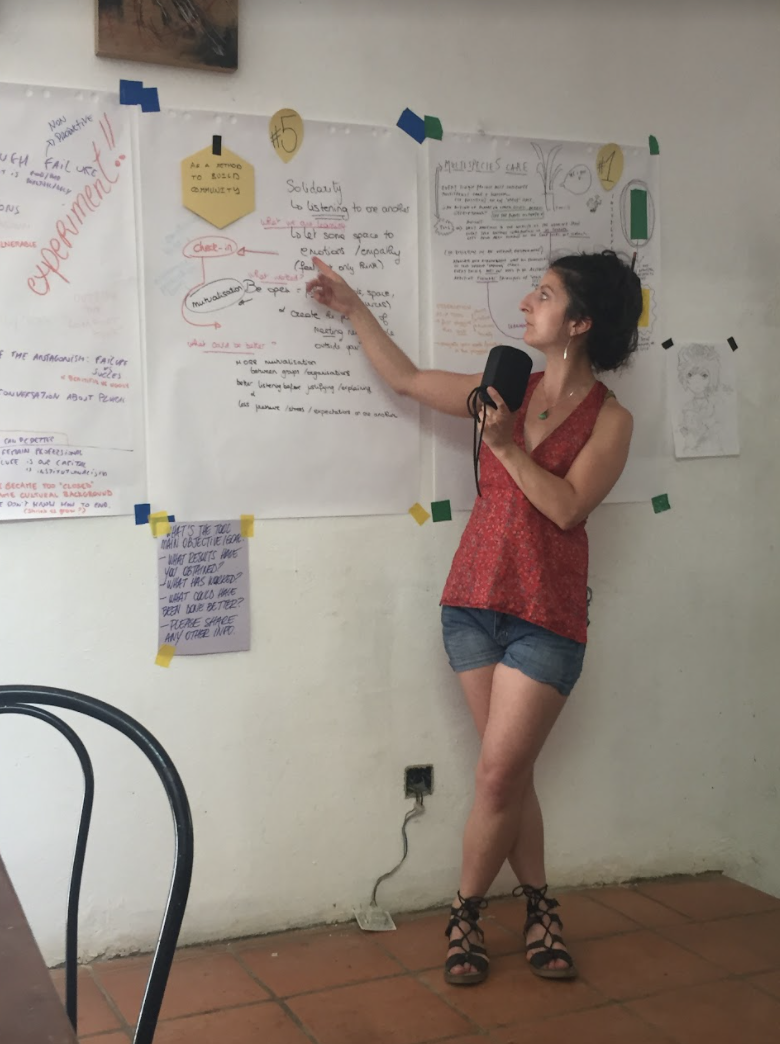
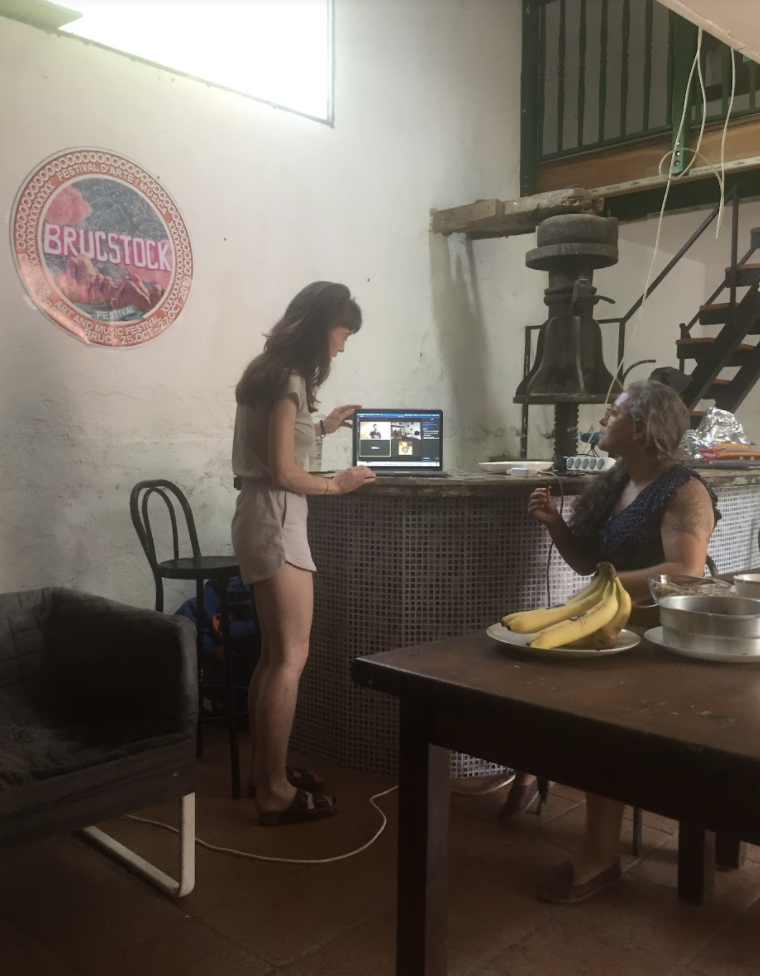
We also add, as reference and inspiration for the creation of tools, the essay written by Ursula K. Le Guin in 1986, The Carrier Bag Theory of Fiction, where the author challenges the notion of the first human tool having been the spear, the sword or the stick. She suggests that the first tool was actually the recipient, the basket of wild oats, the medicine bundle, the net woven with our own hair. Thus, Le Guin interrogates phallic linear logic, questions the Western understanding of time and history and allows for the idea of
‘a vast stack of things that become tools, collected in a sling, a gourd shell, a leaf, a bag, home or shrine… A stack of things that can become tools and that during this session we have imagined as places that circlude and can be circluded.’
Ursula K. Le Guin, 1986.
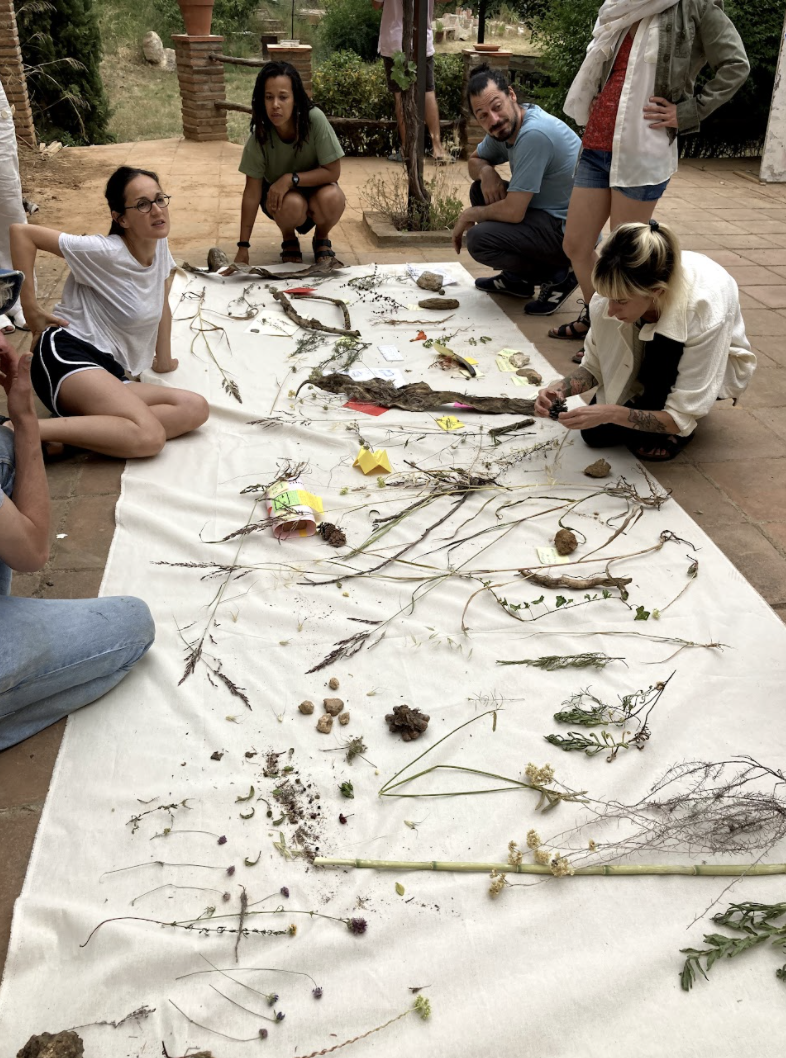
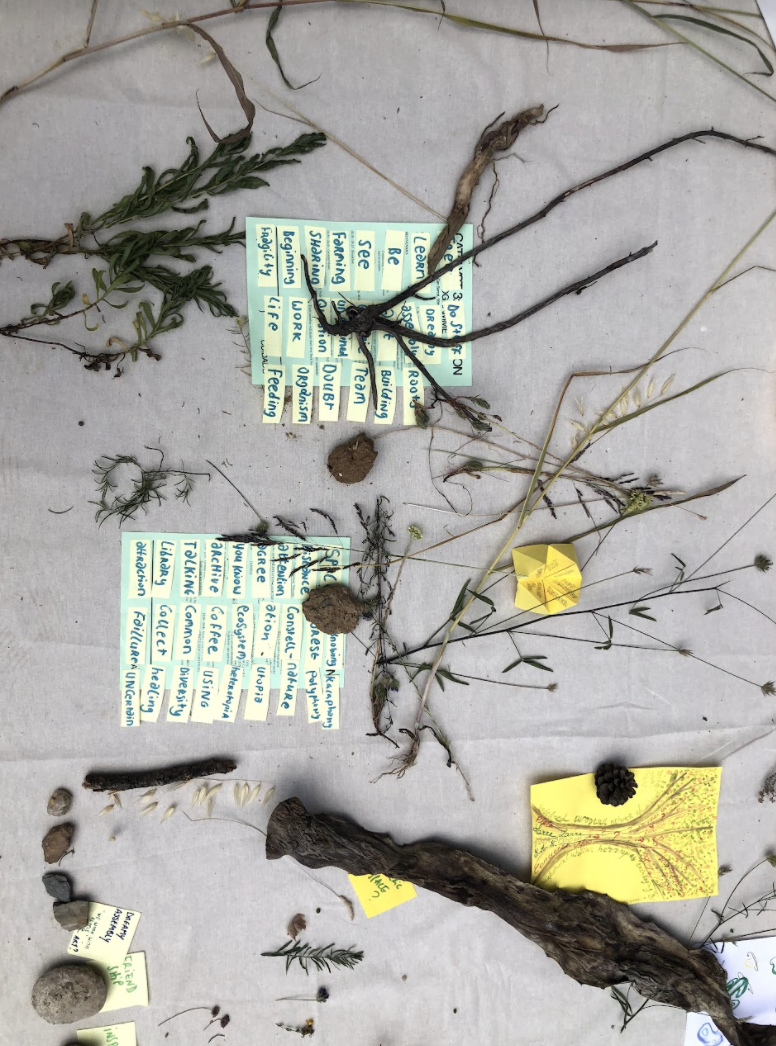
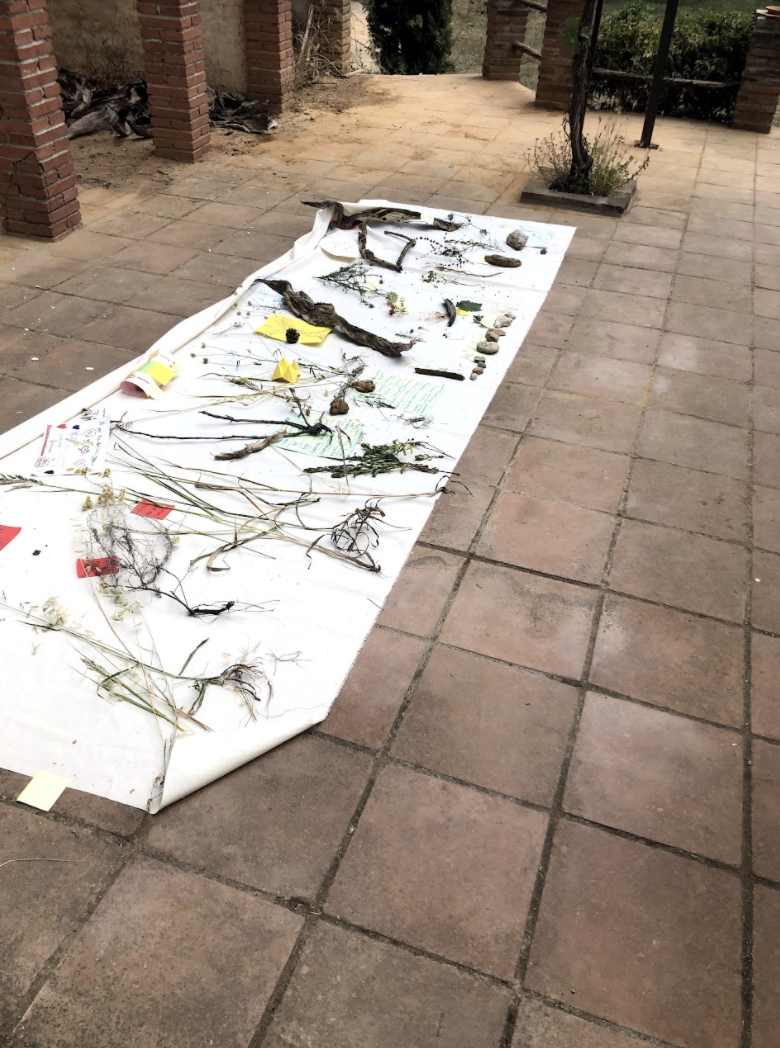
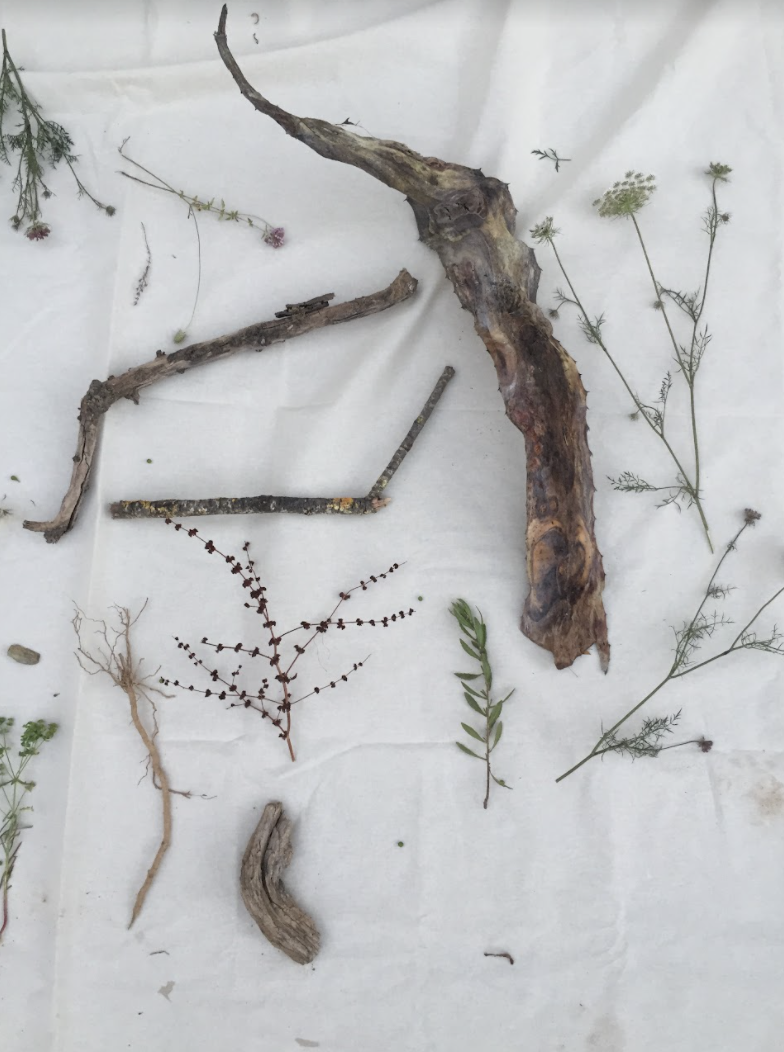
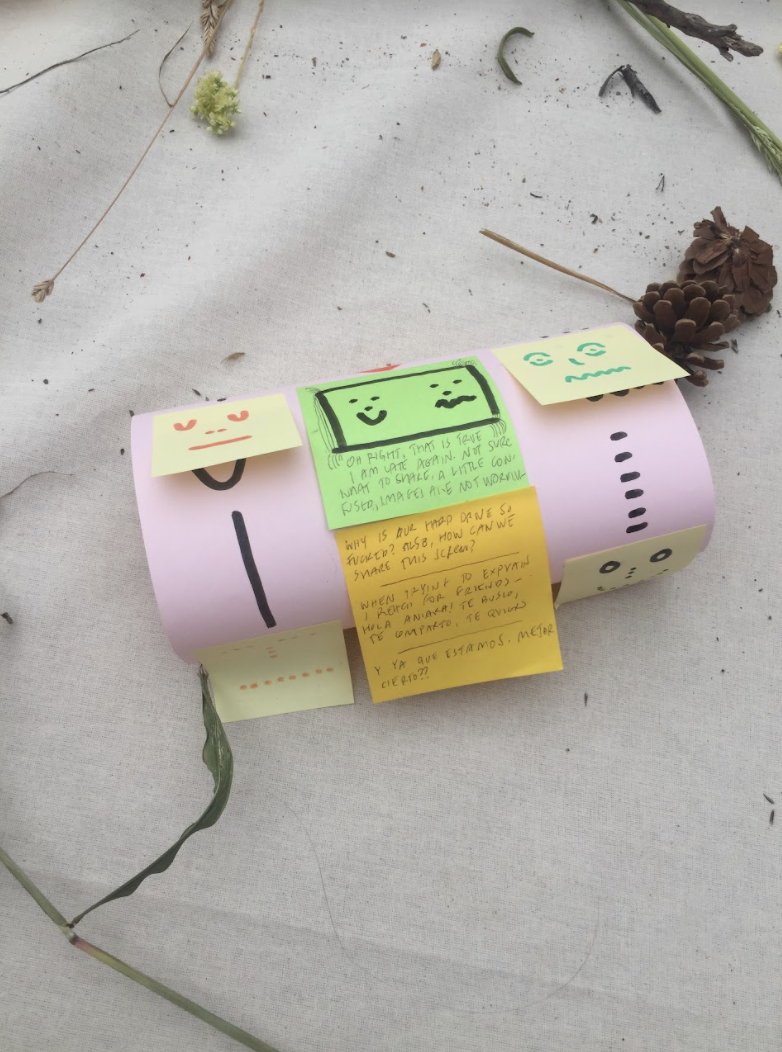
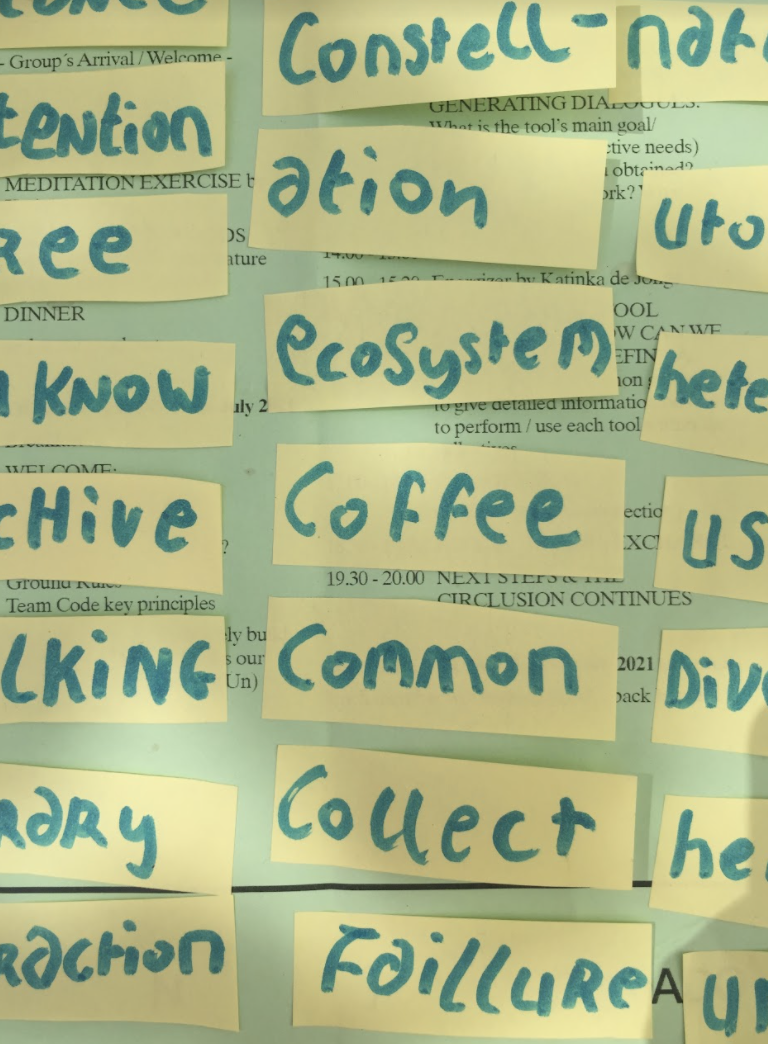
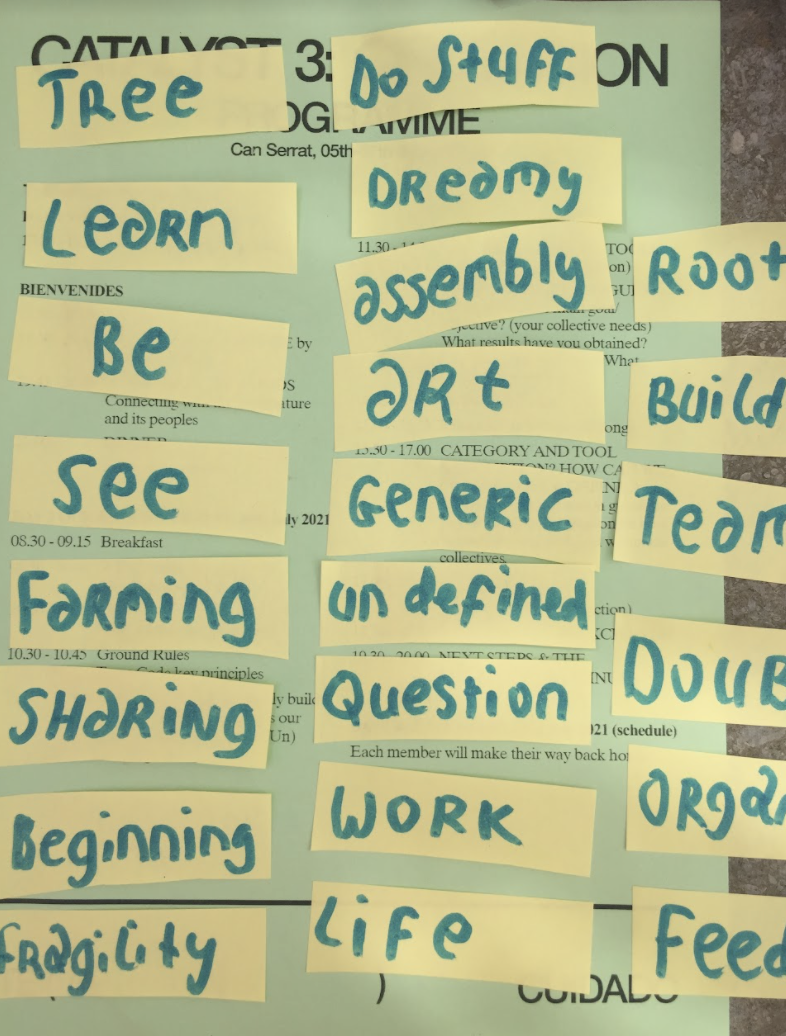
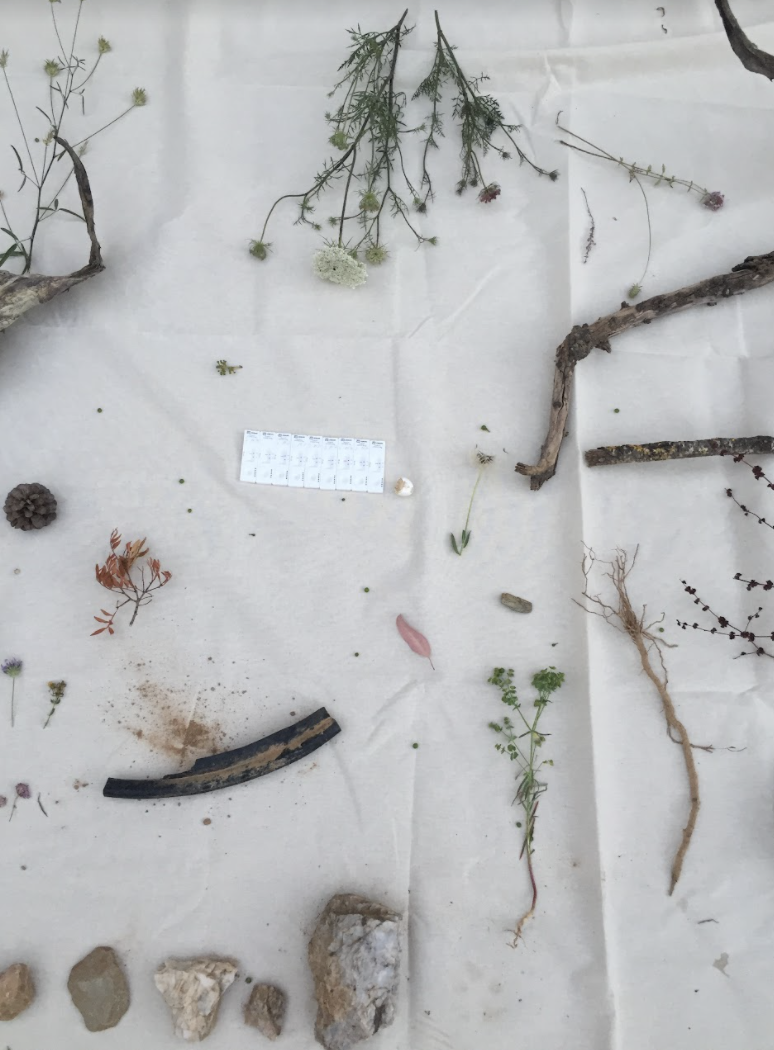
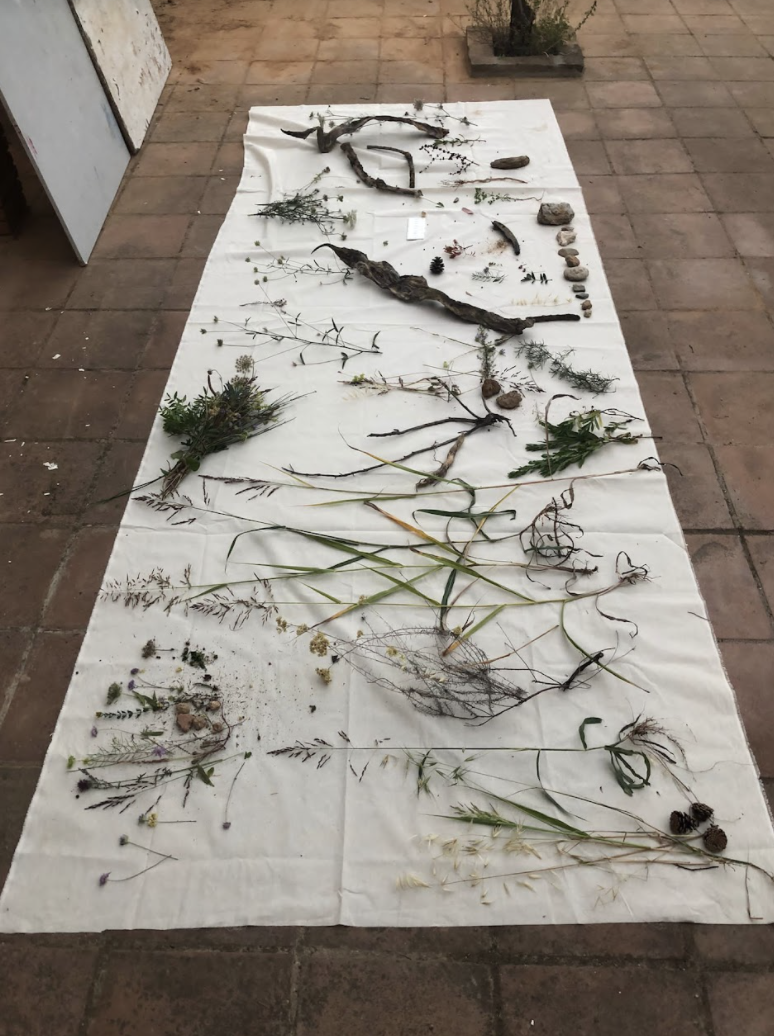
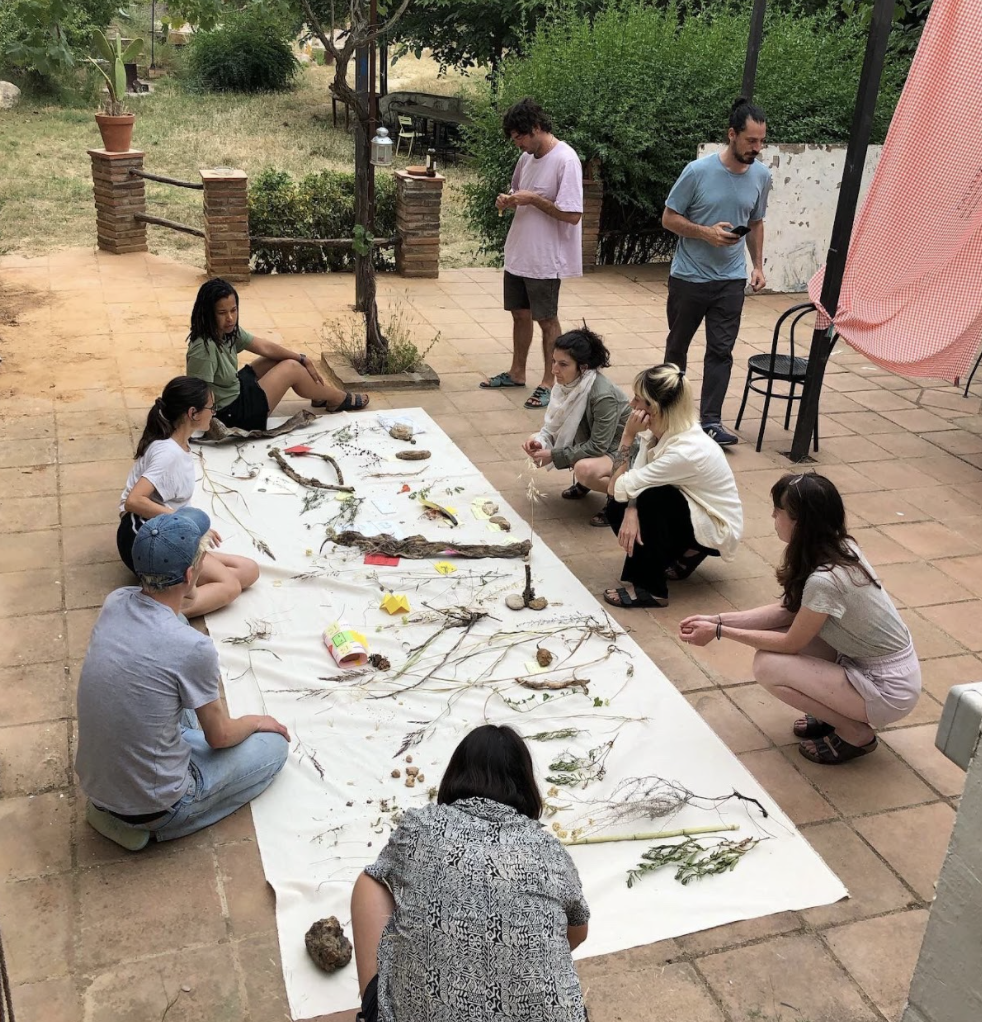
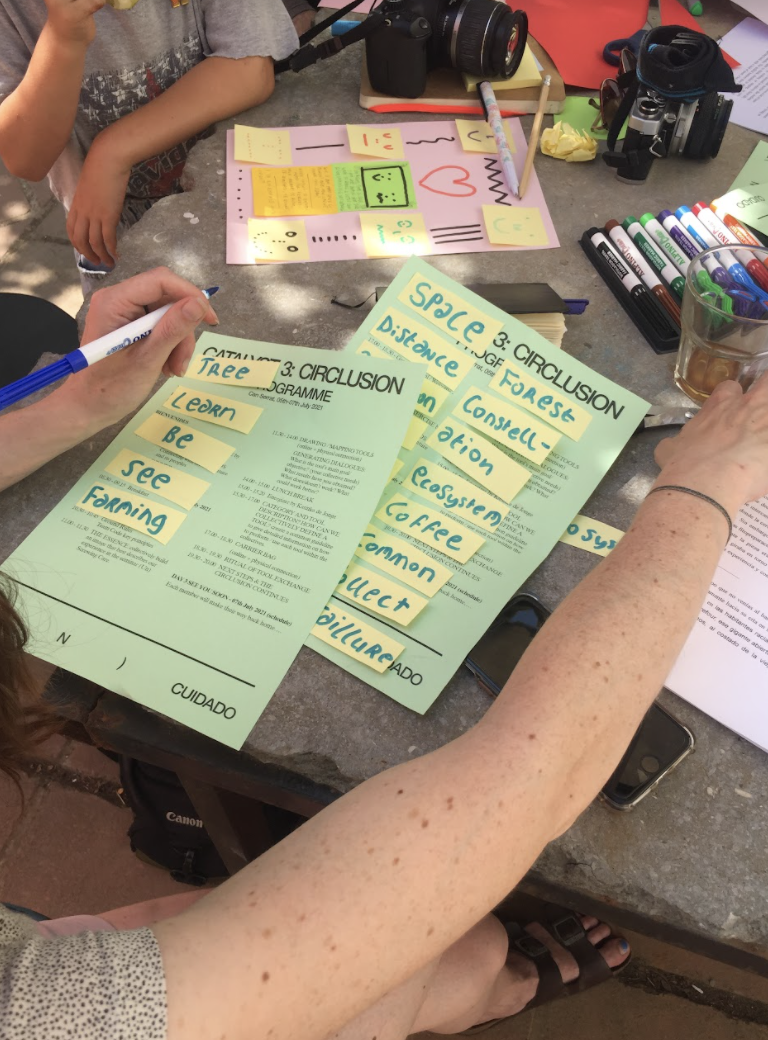
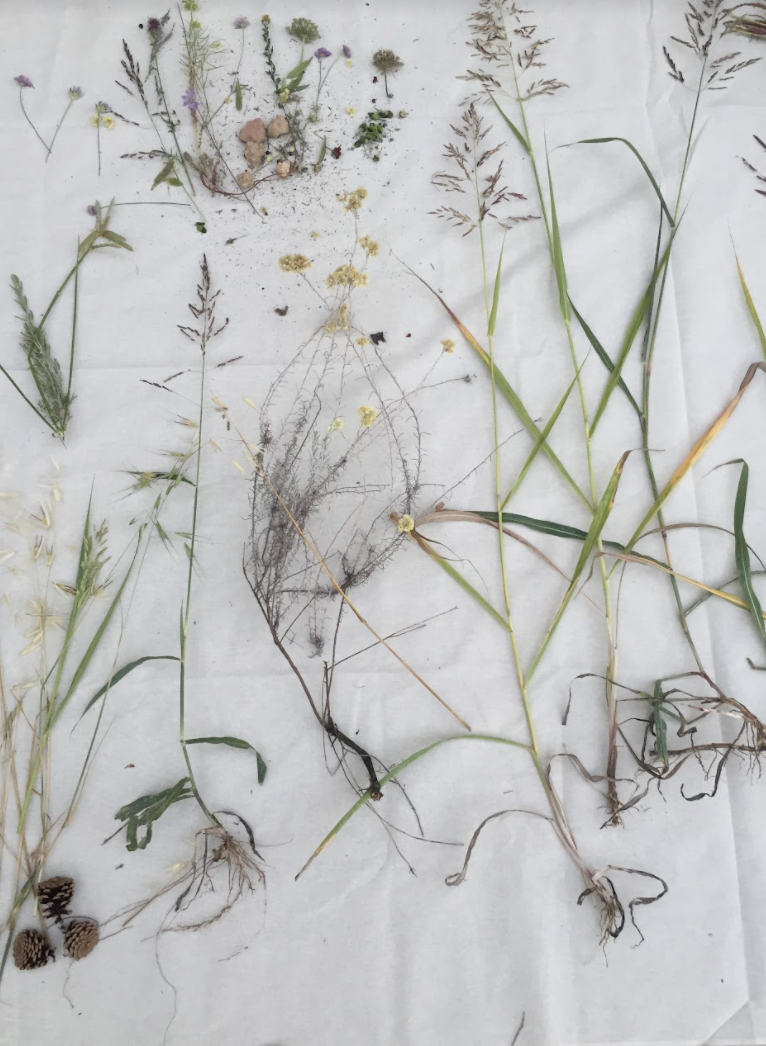
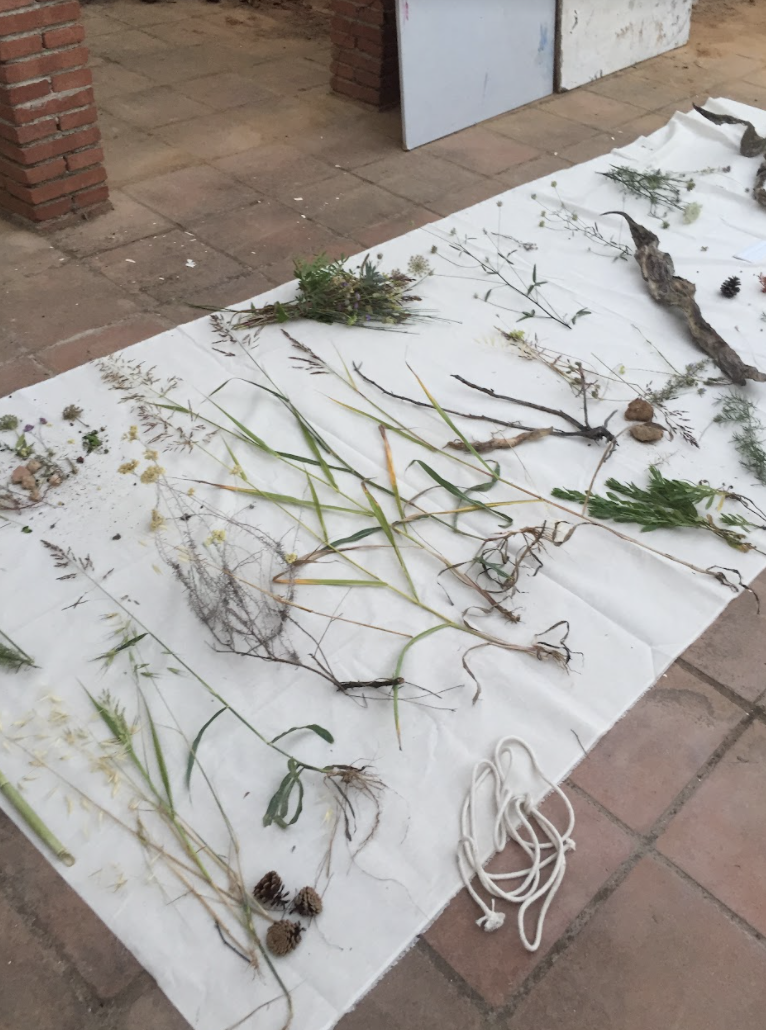
Collection, constellation, carrier bag…
What tools do we want to collect and carry in our bag or sack?
What conditions do we need so that this constellation can be maintained?
As closure for the CIRCLUSION Meeting, each representative of the invited collectives chose one, two, three or as many tools as they wanted to use, creating their own ‘carrier bag’ and taking it with them together with the chosen tools. The mission was to implement them within the structure, dynamics and practices of their collective, and in their socio-political context and closest community.
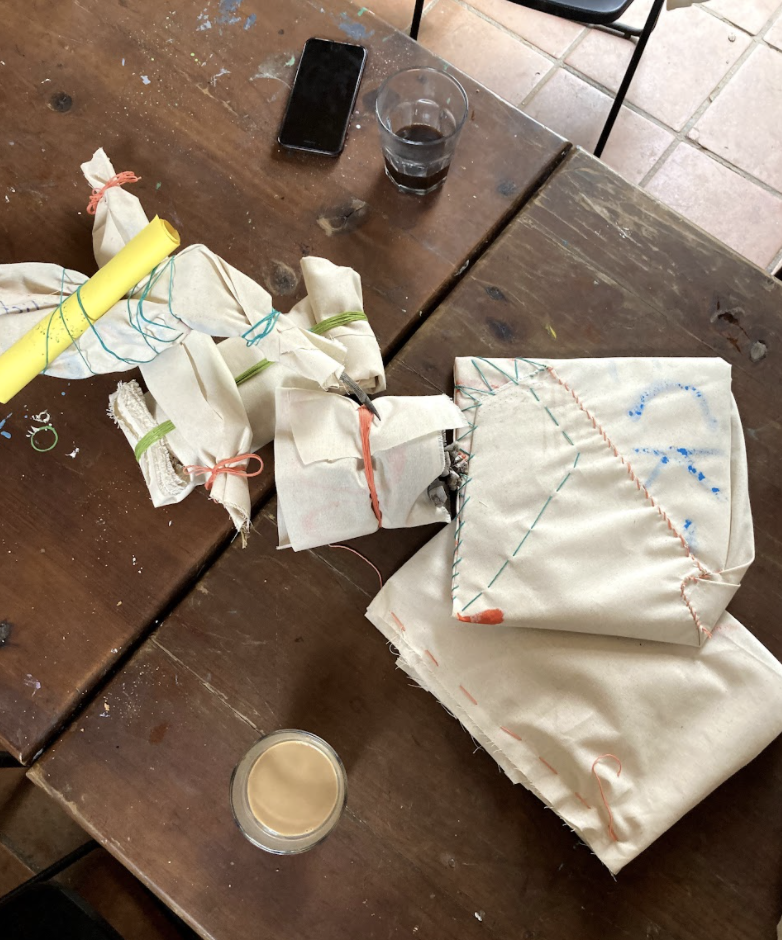
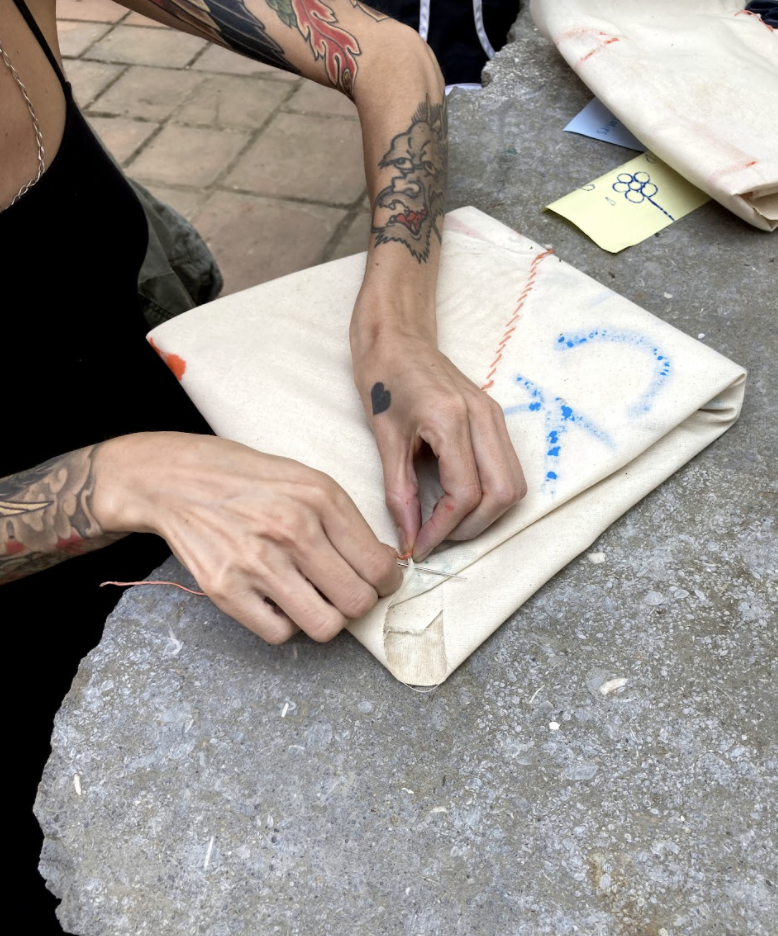
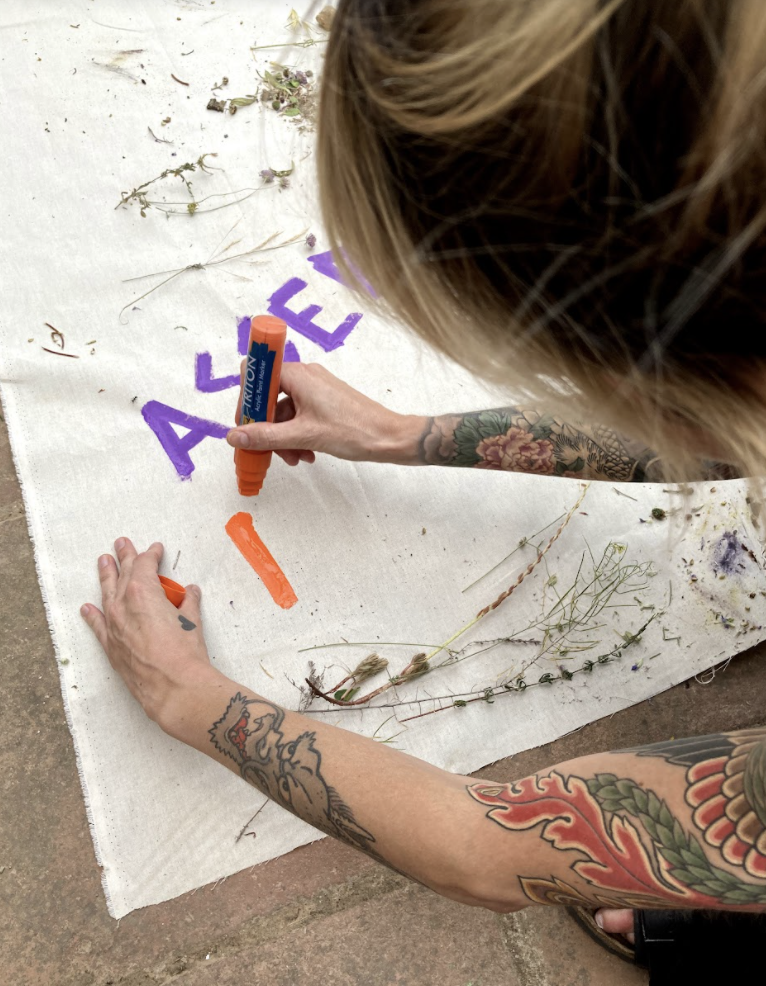
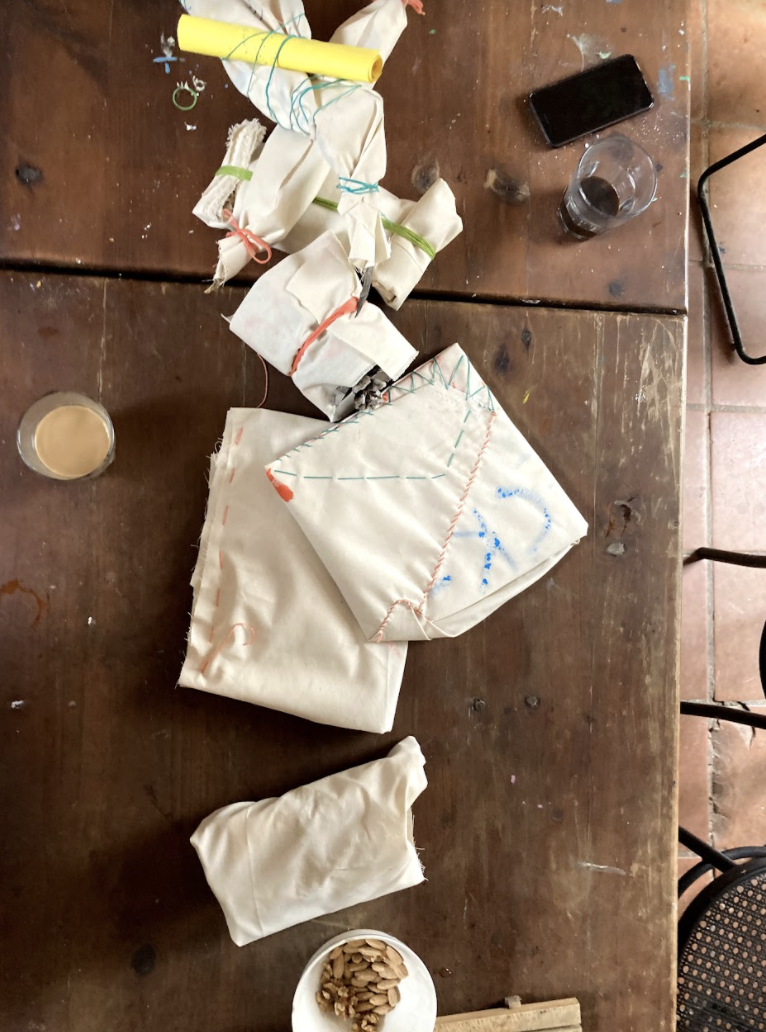
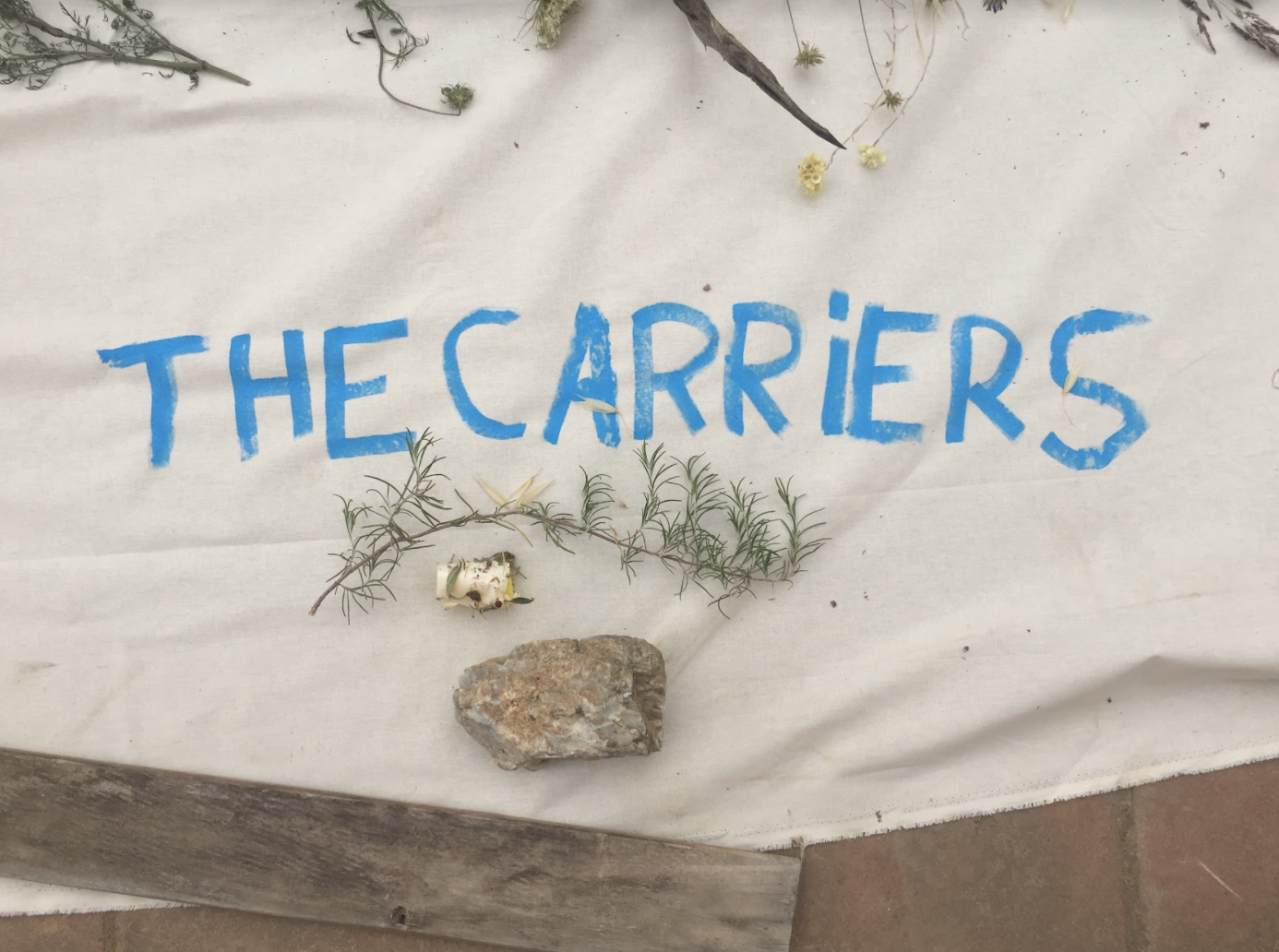
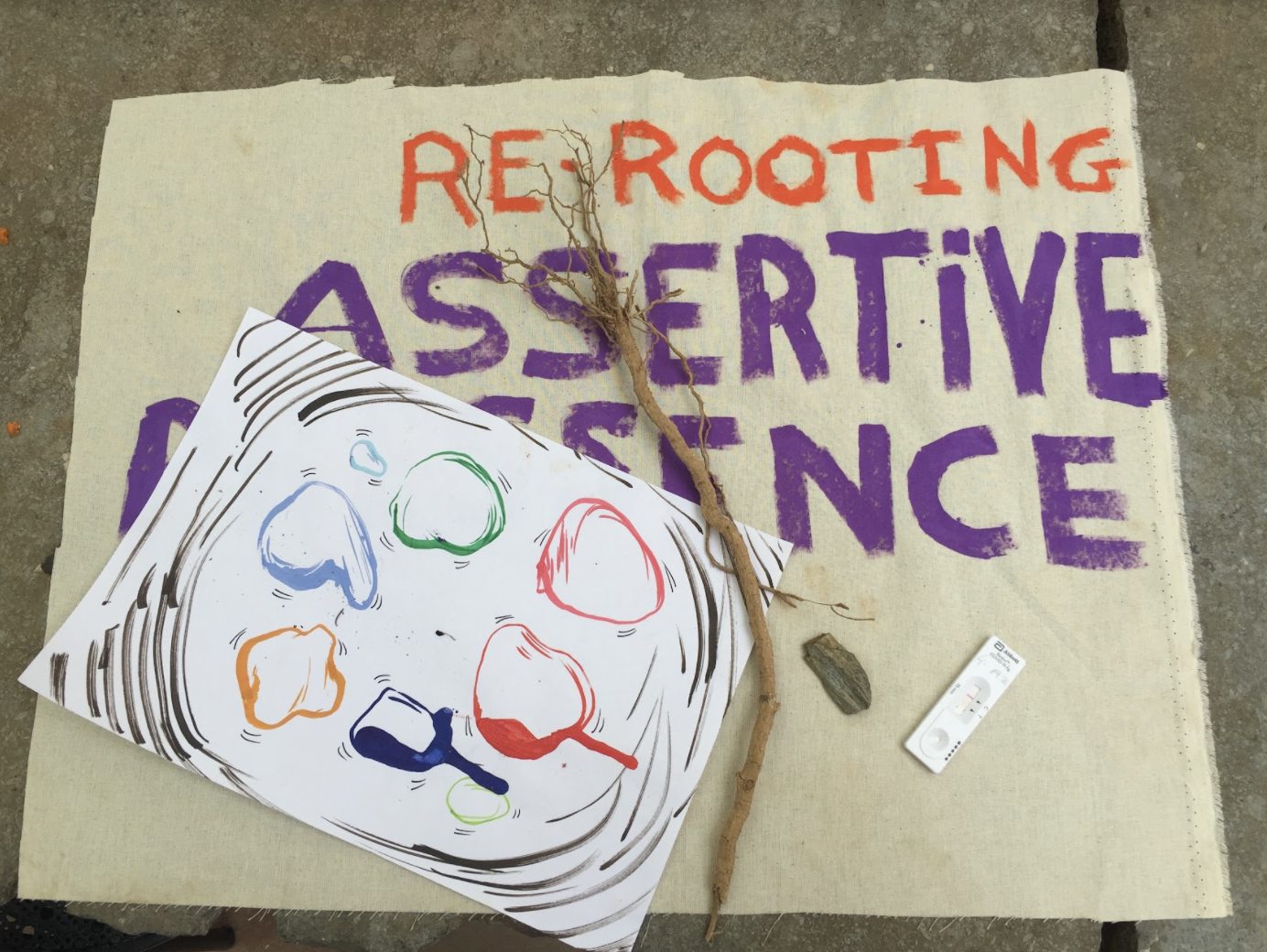
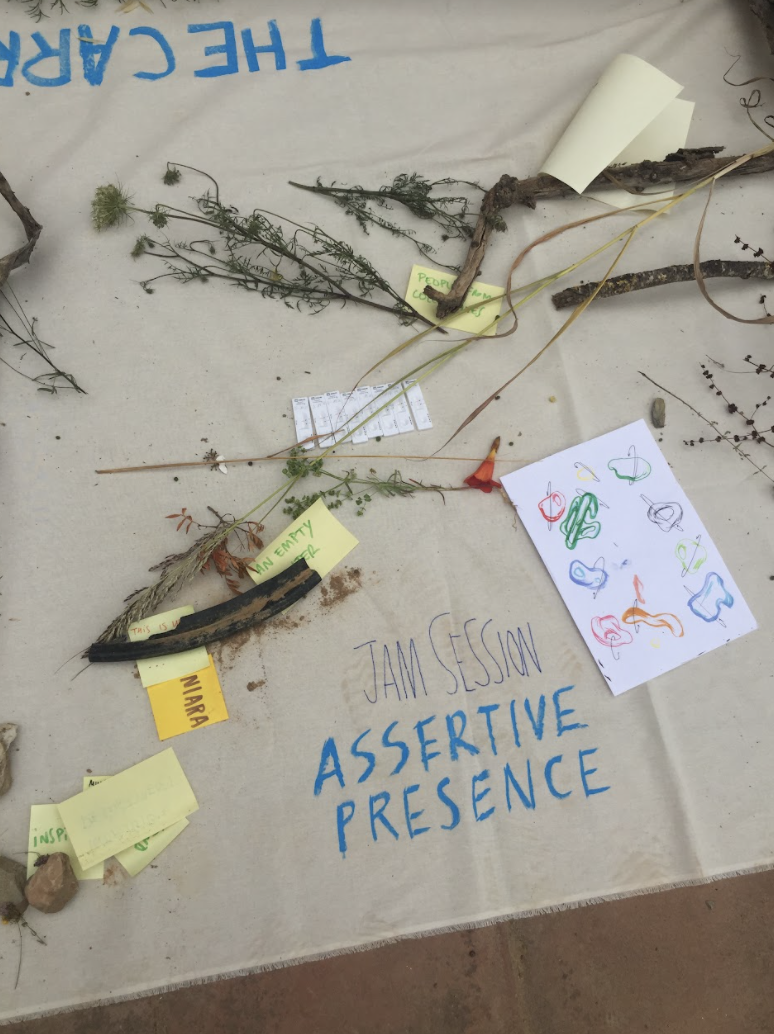
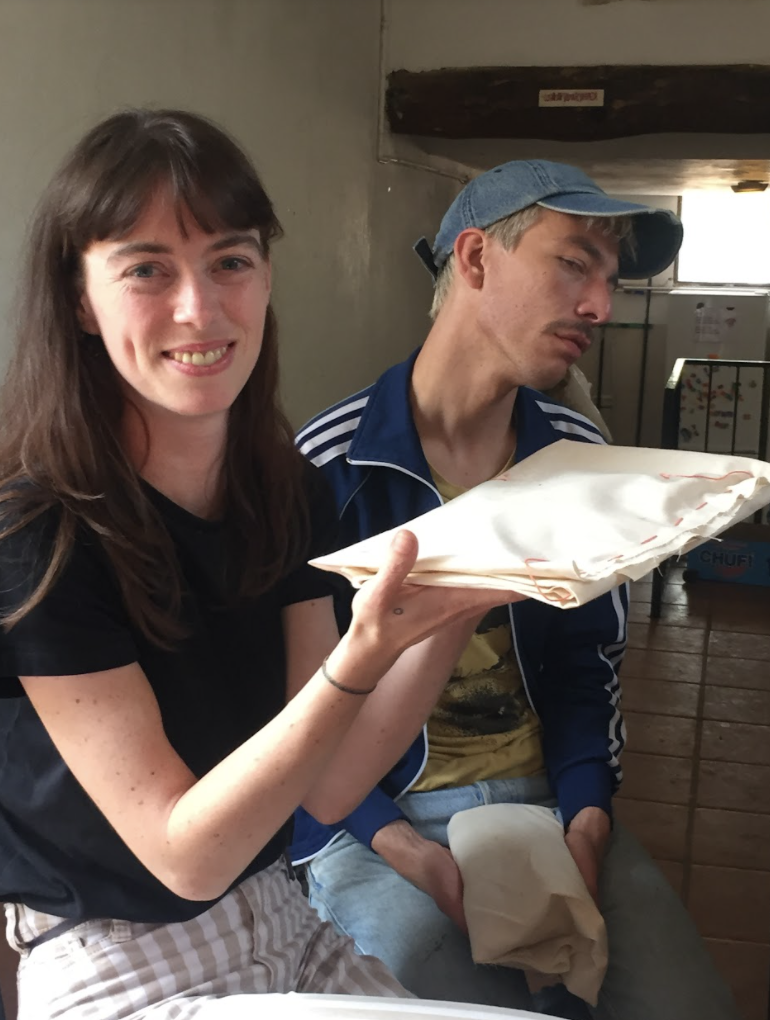

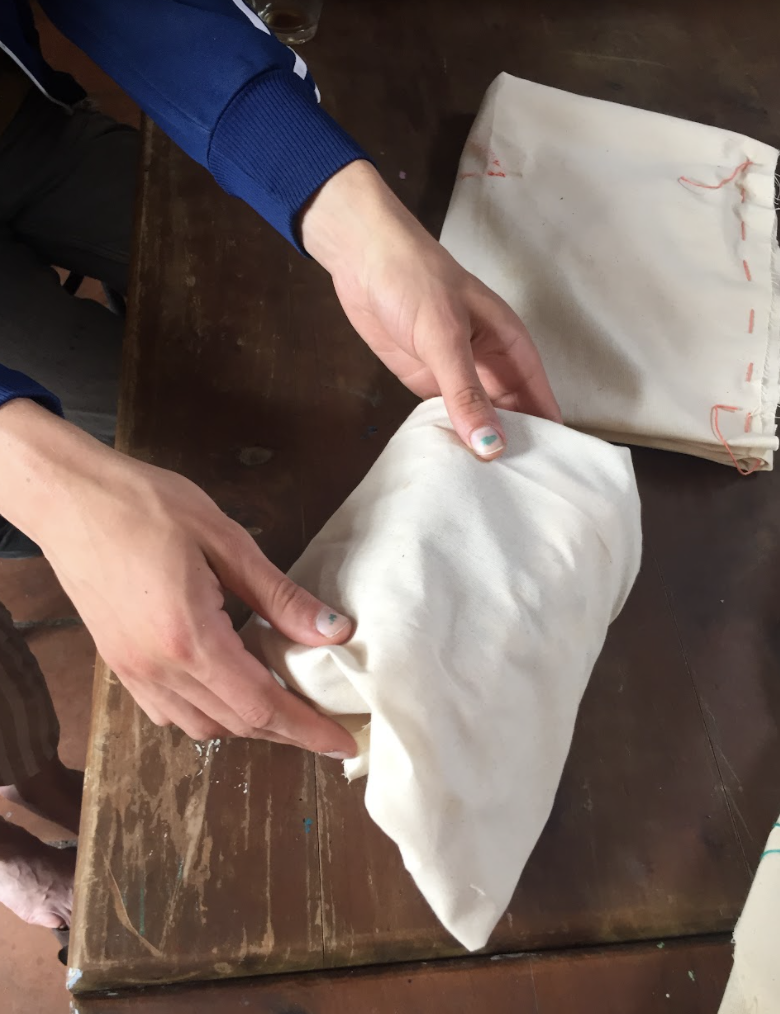
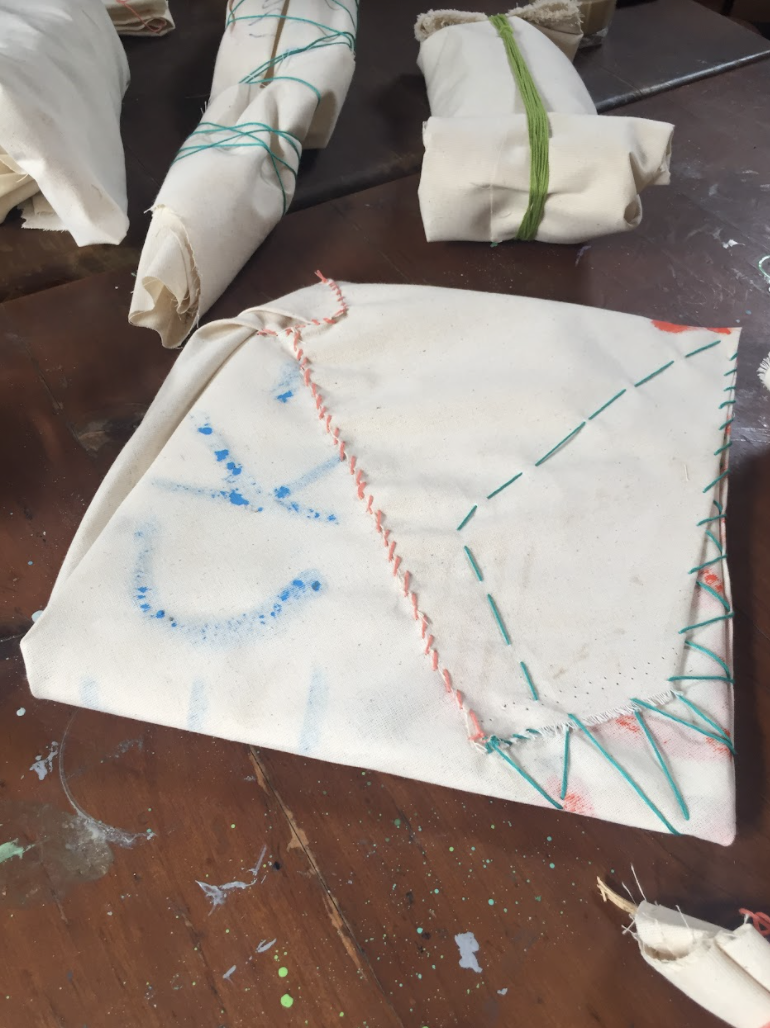
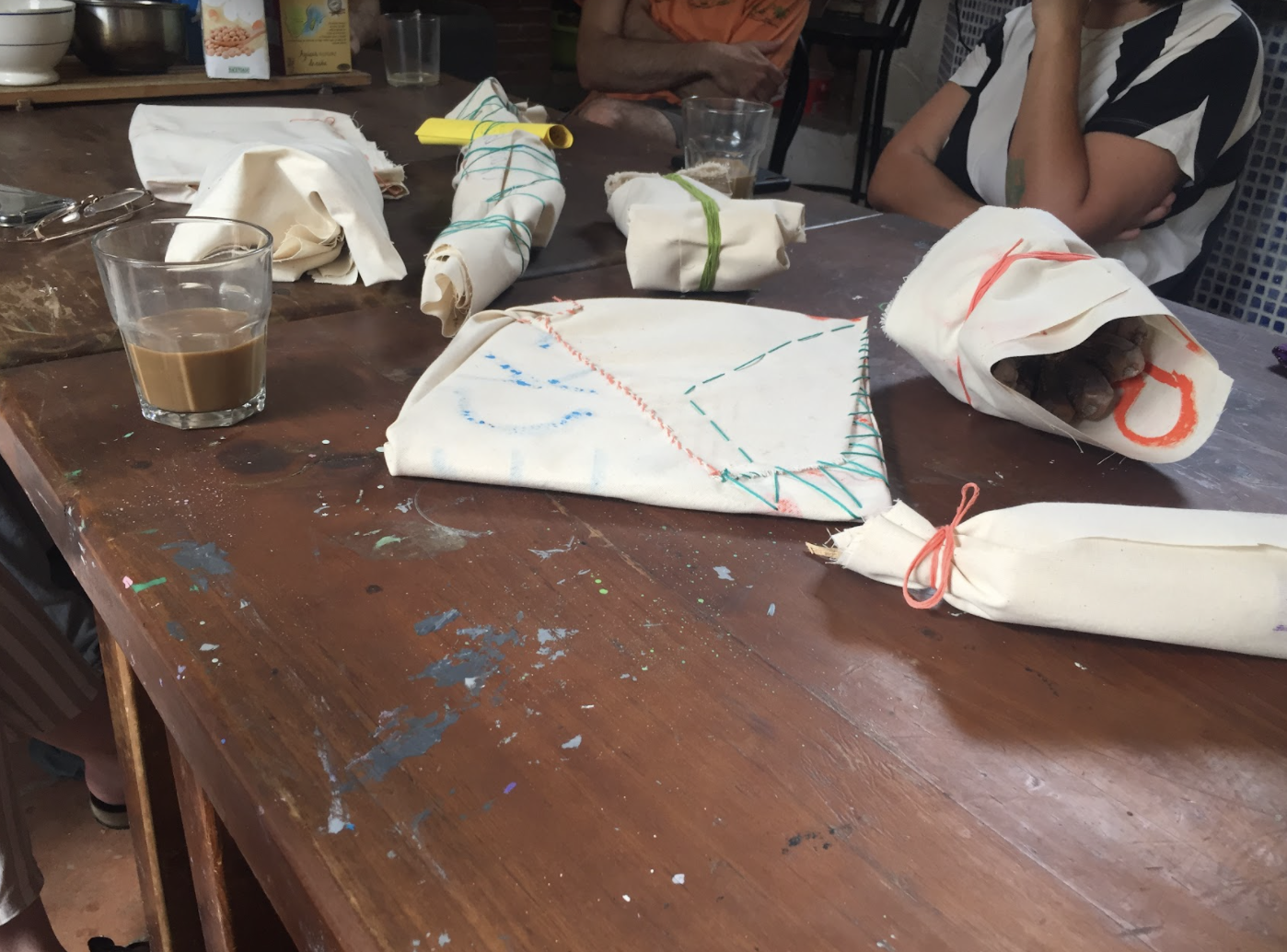
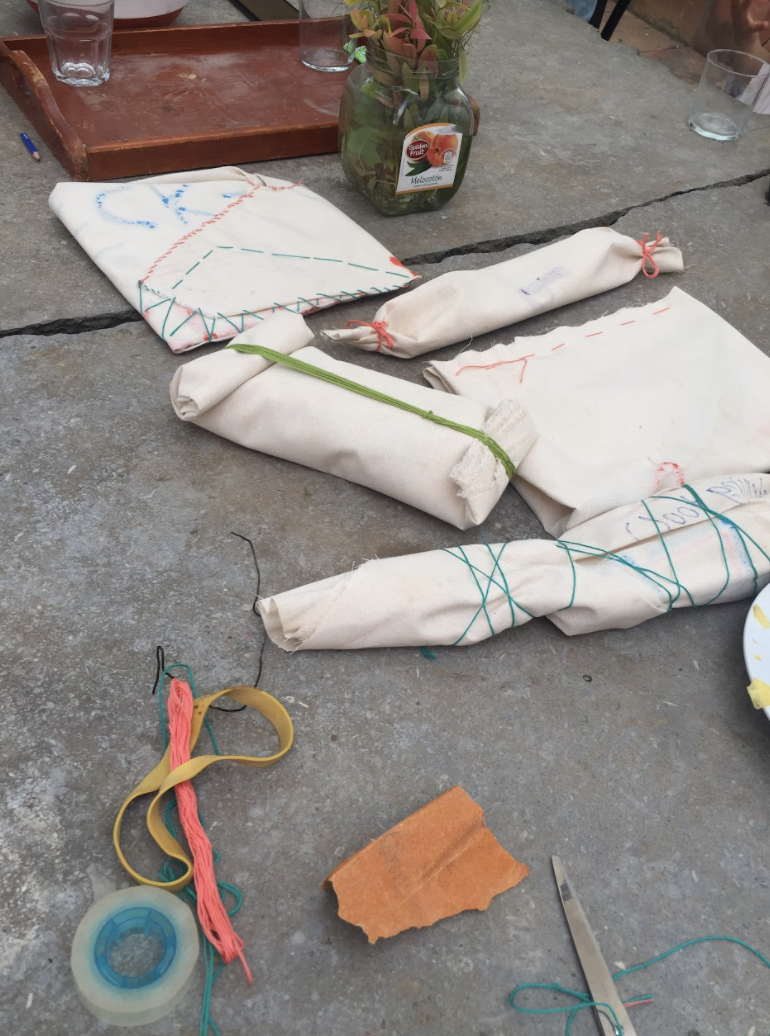
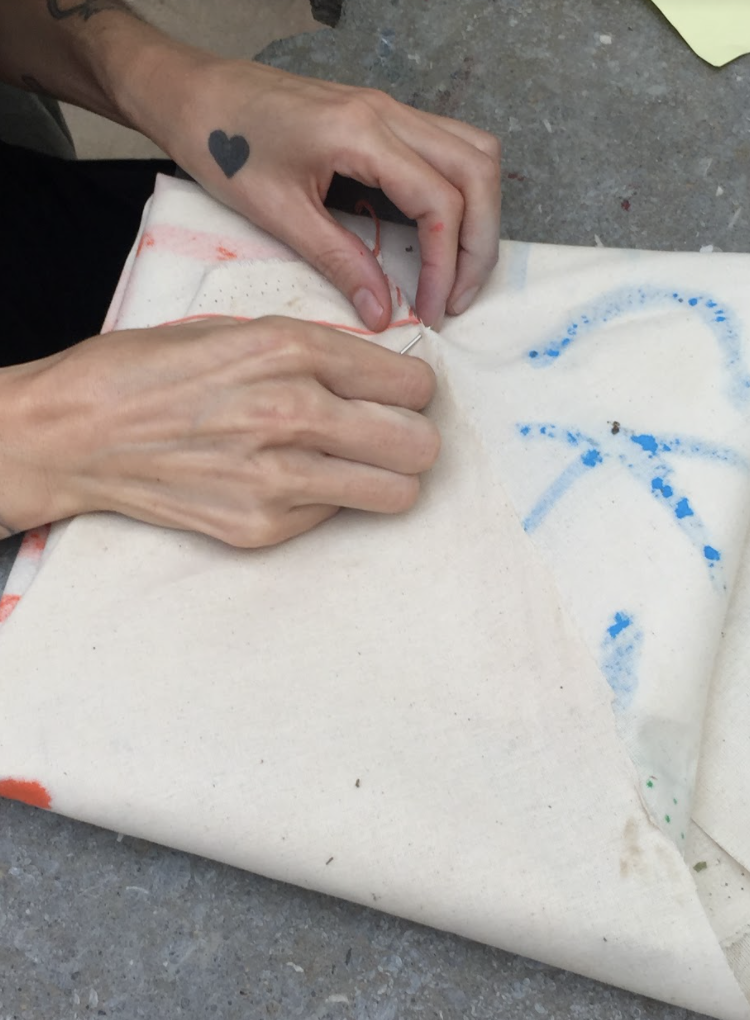
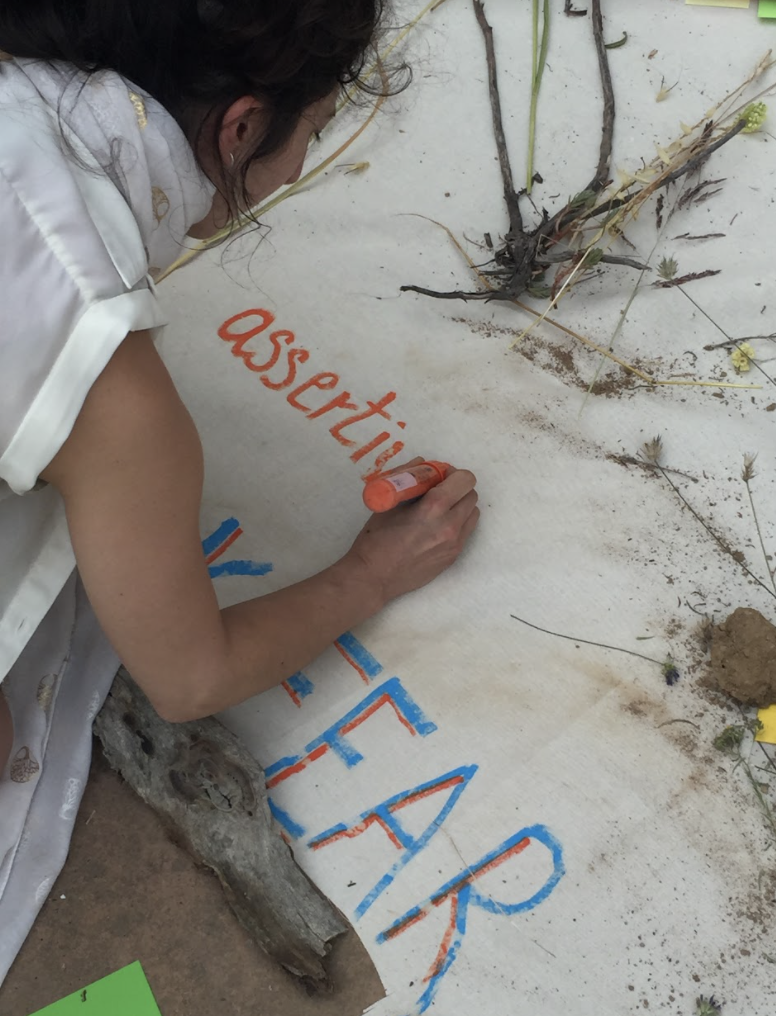
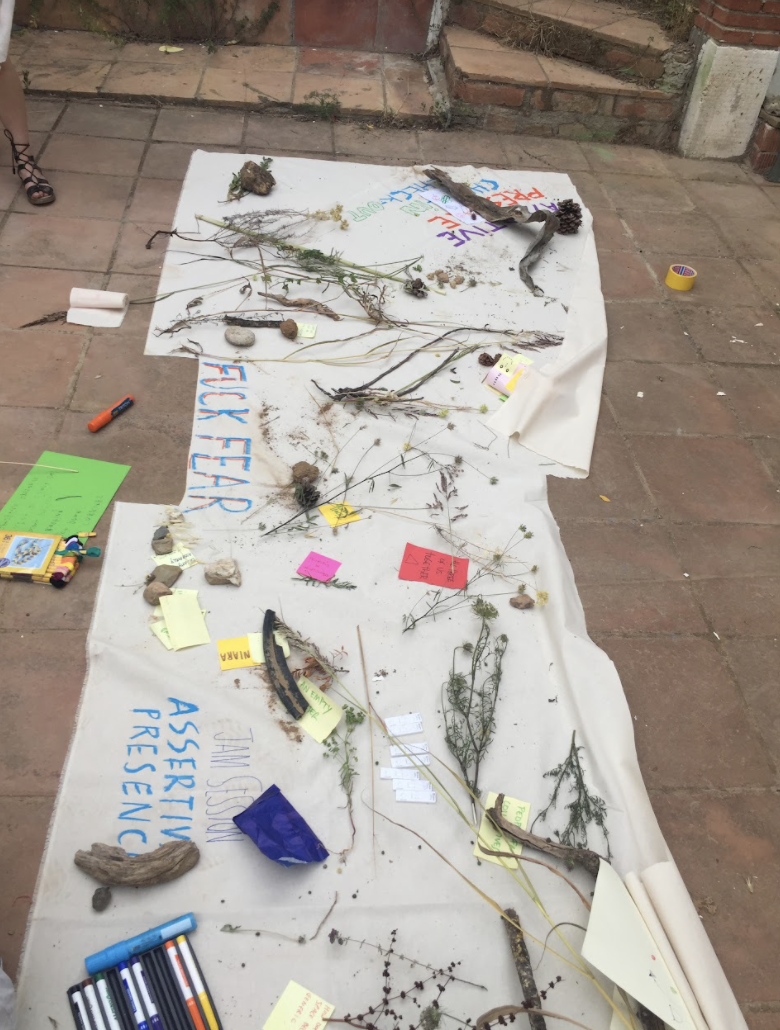
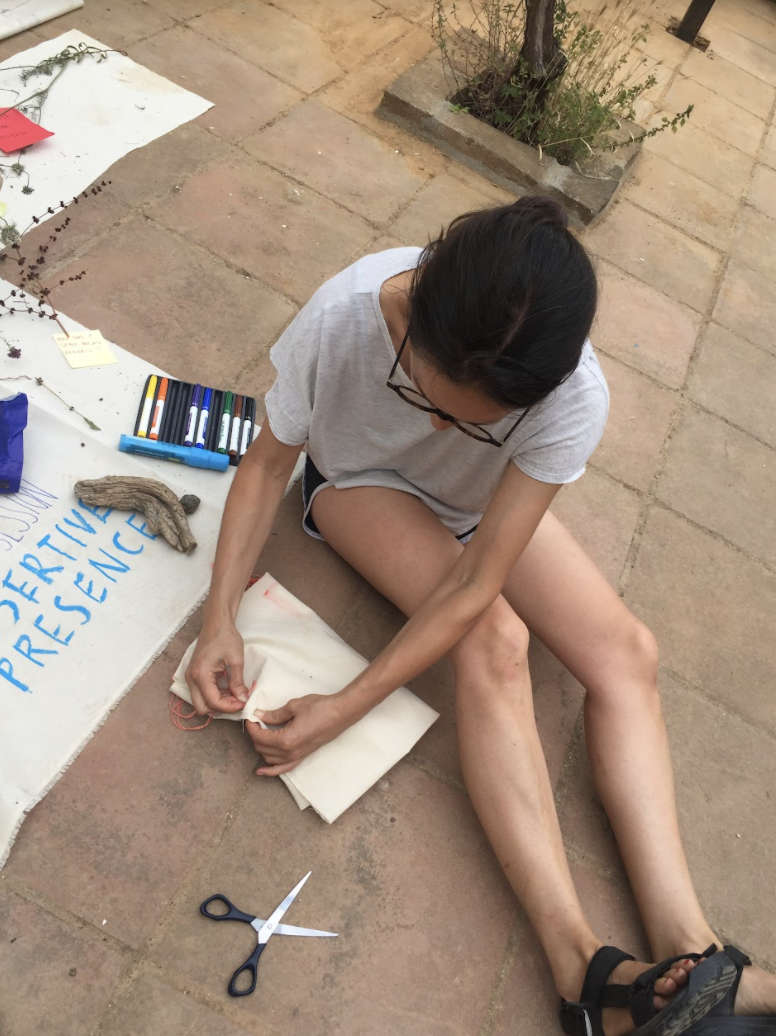
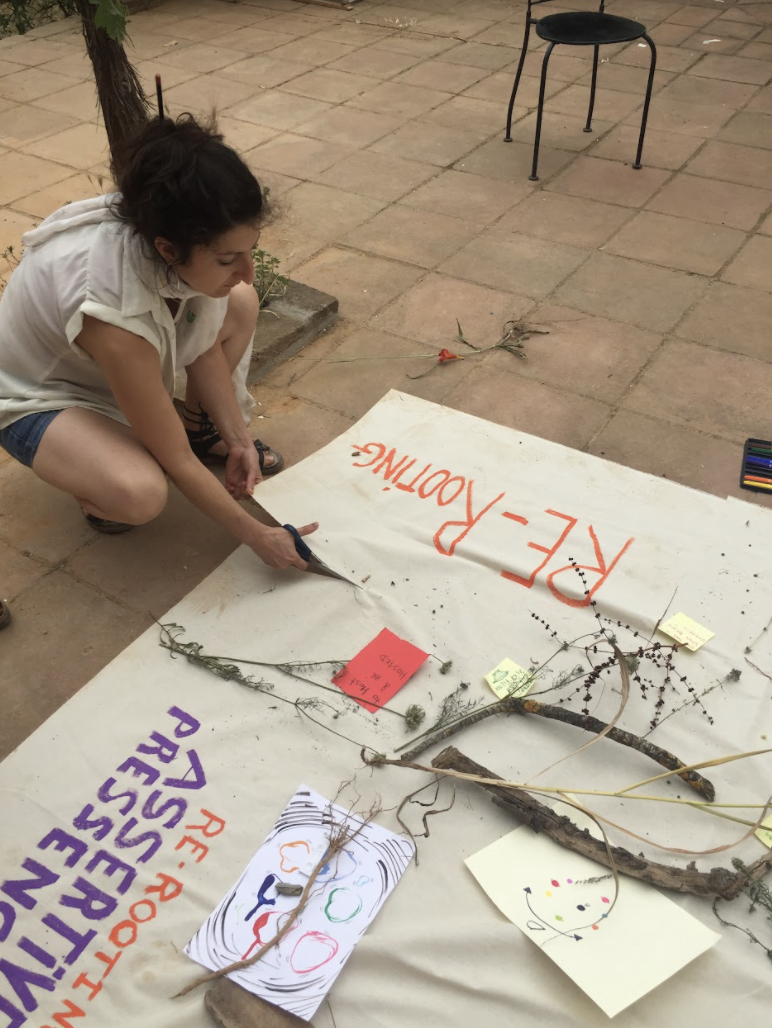
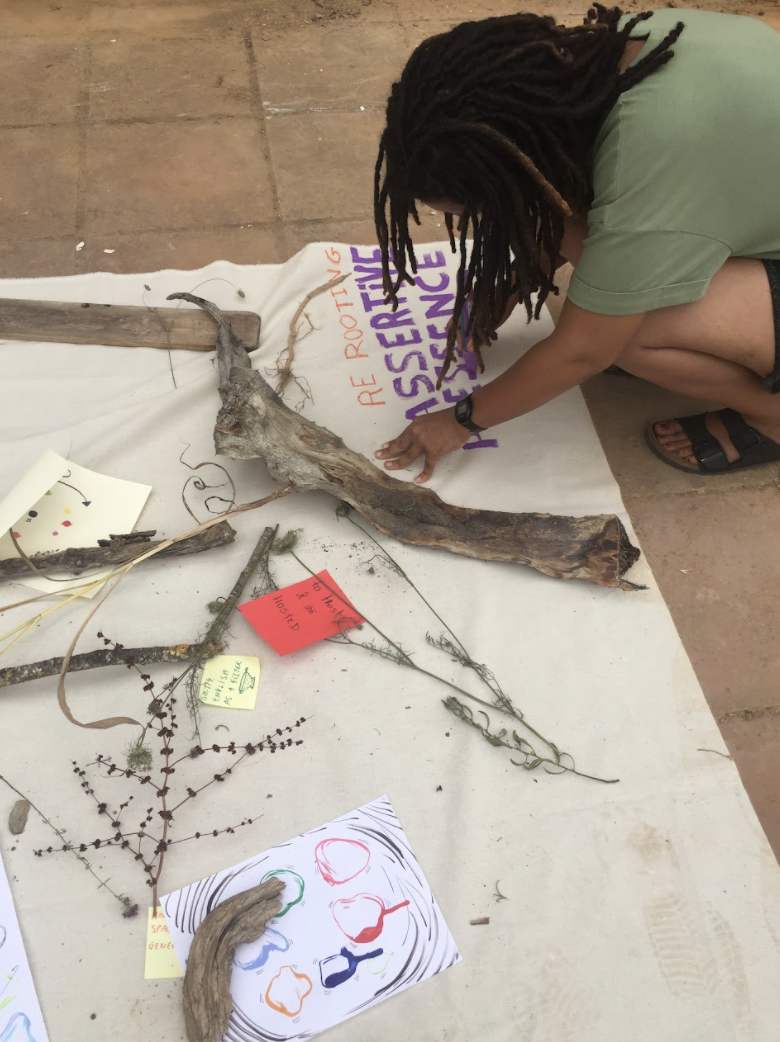
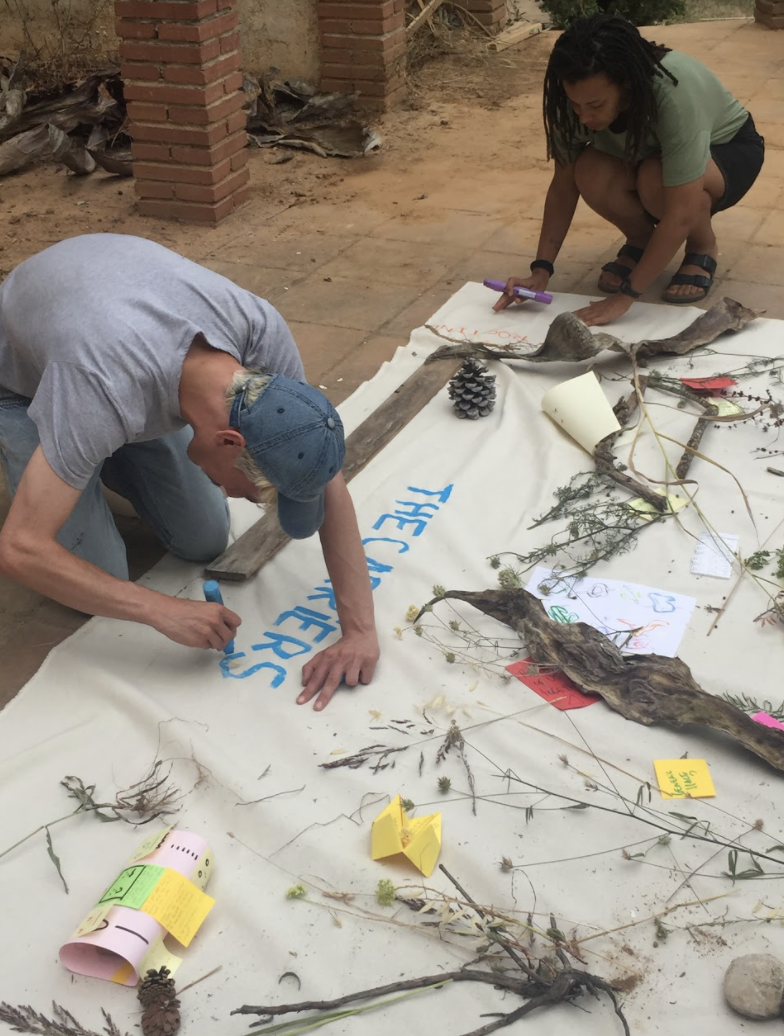
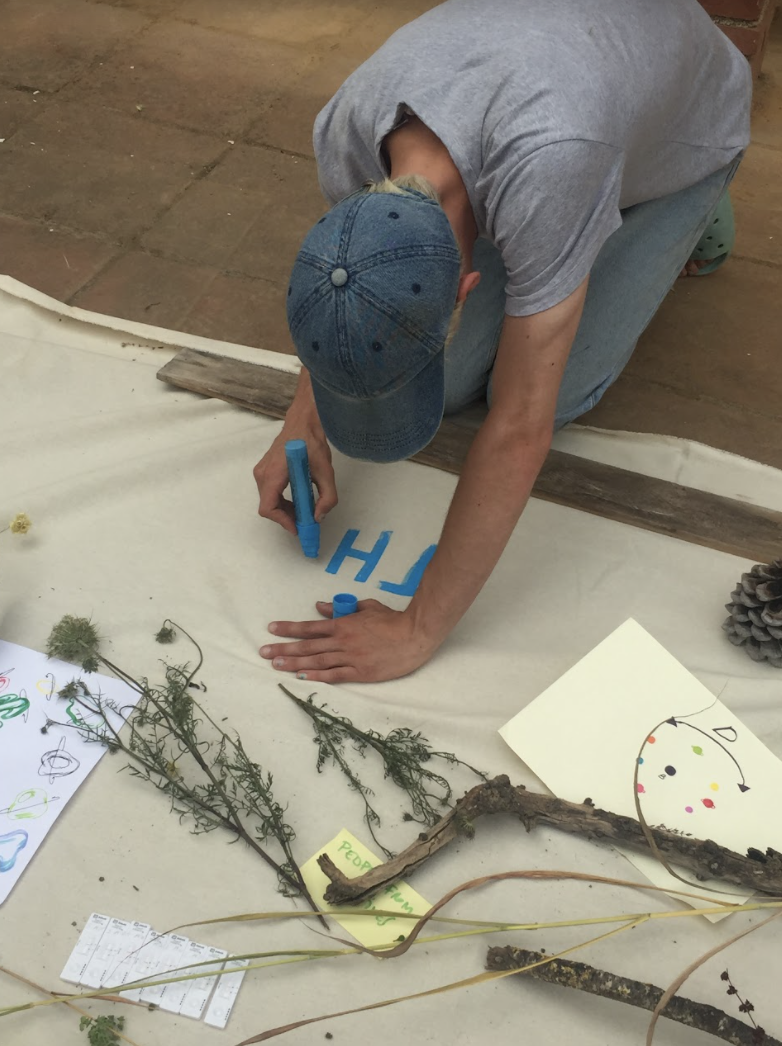
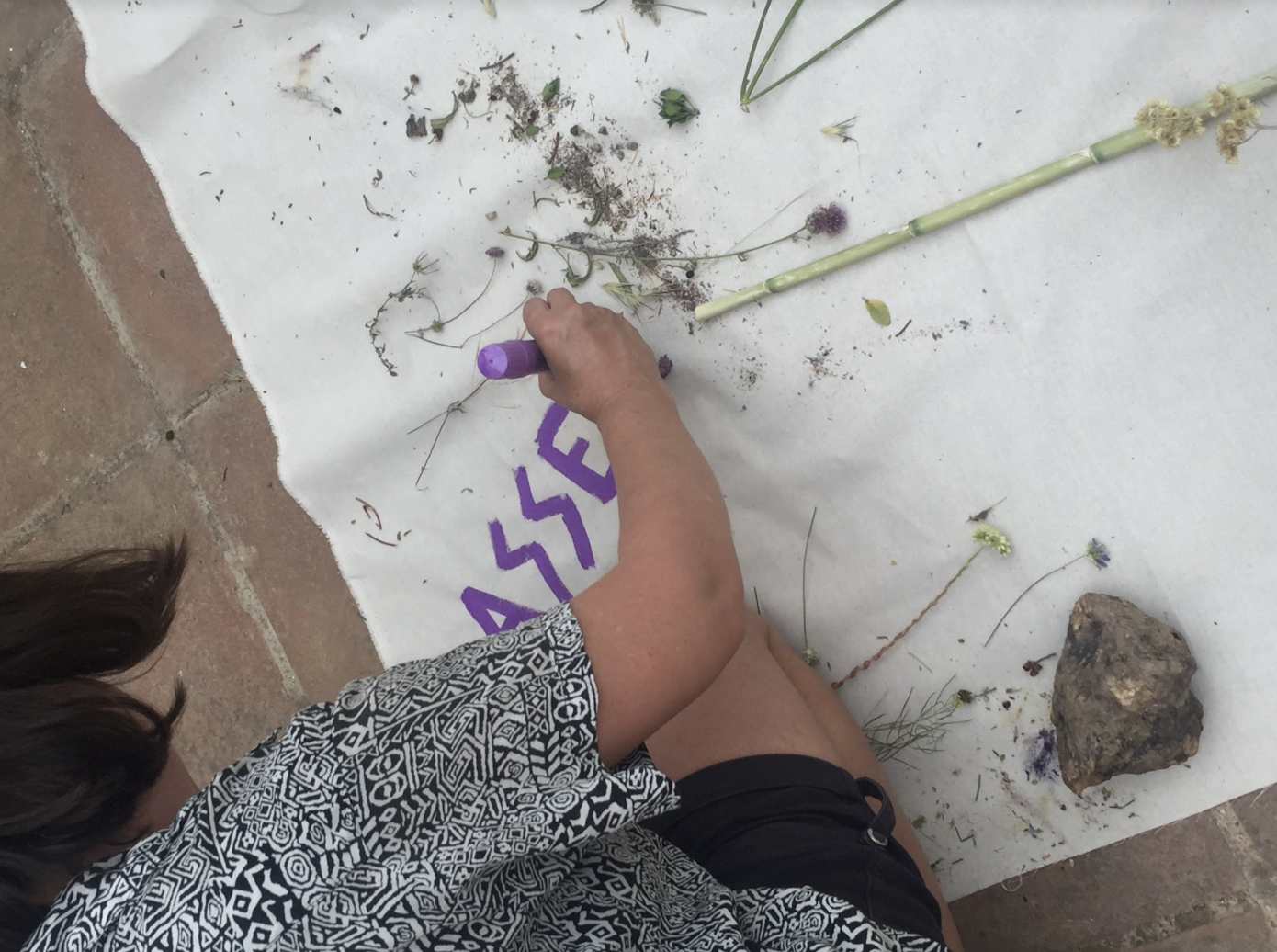
Penetration is considered a form of domination.
CIRCLUSION a form of care.
During the Circlusion Meeting we invited the artist and researcher Antonio Gagliano with the task of creating a record of what happened during the three days that the meeting lasted. Based on Antonio’s drawings, written notes and recorded conversations, added to other memories that we have incorporated, we have published the Circlusion Glossary.
The following have been part of the CIRCLUSION Meeting: KAK, Volksroom, Post Collective, Katinka de Jonge, Conciencia Afro, Plata, Antonio Gagliano and Larre.
Learn more about the collectives in the section Network.